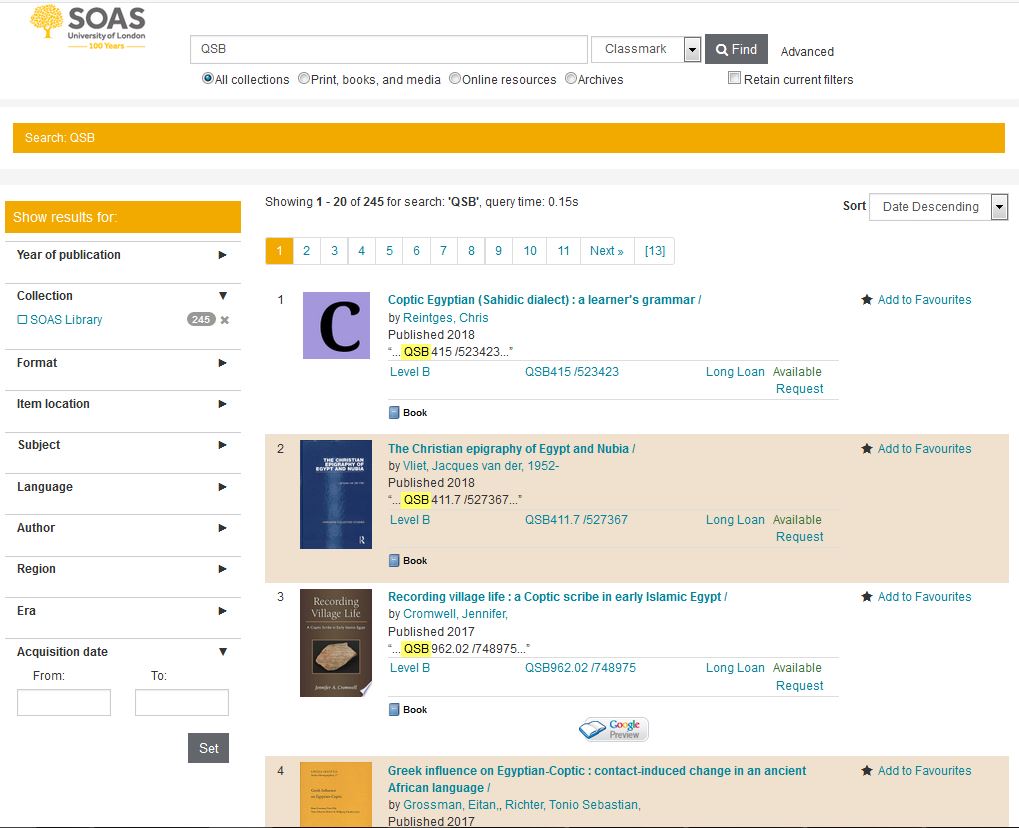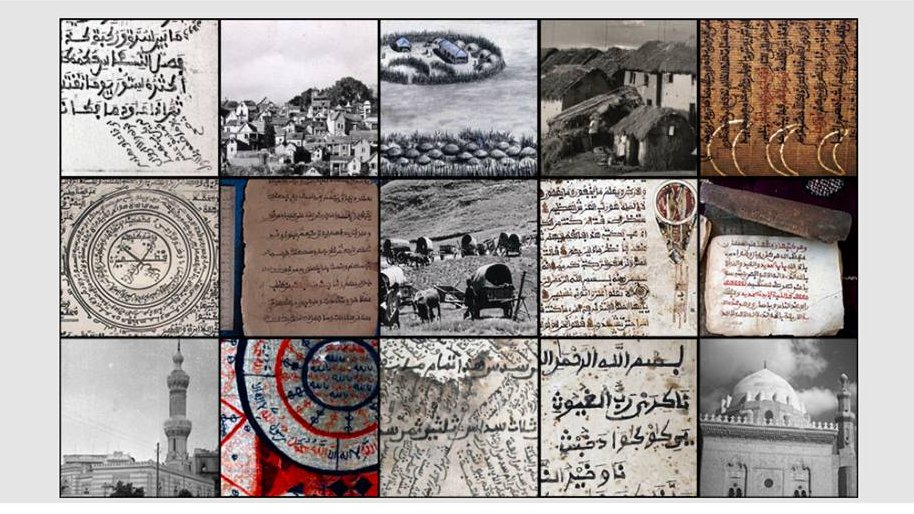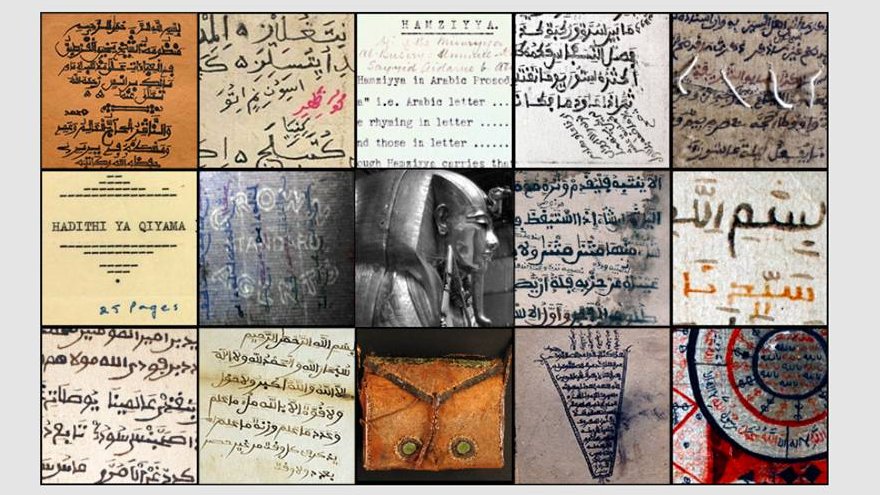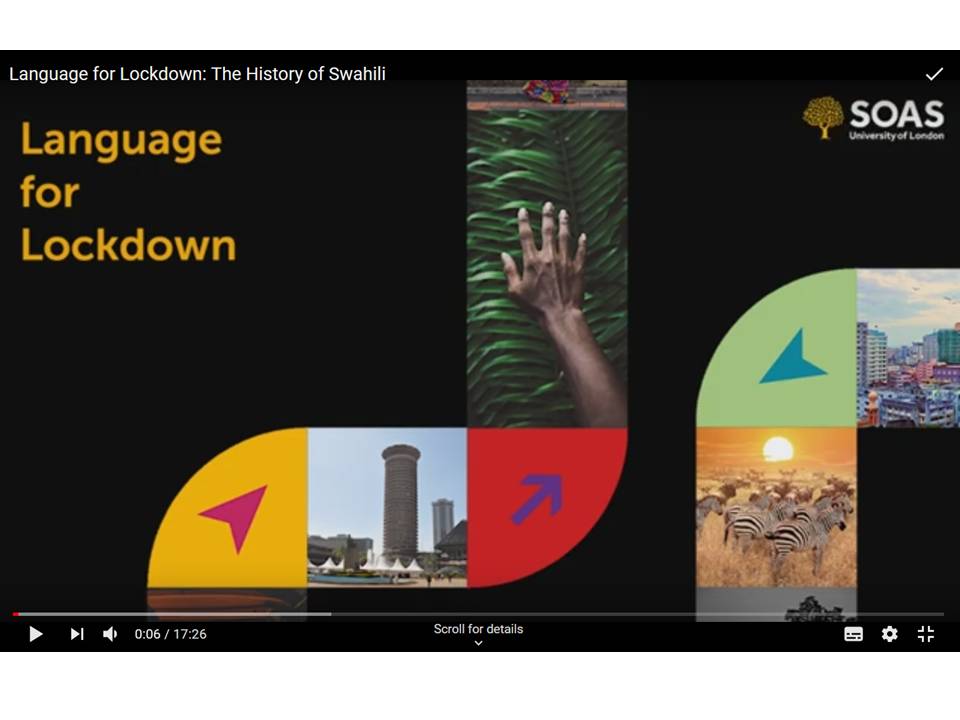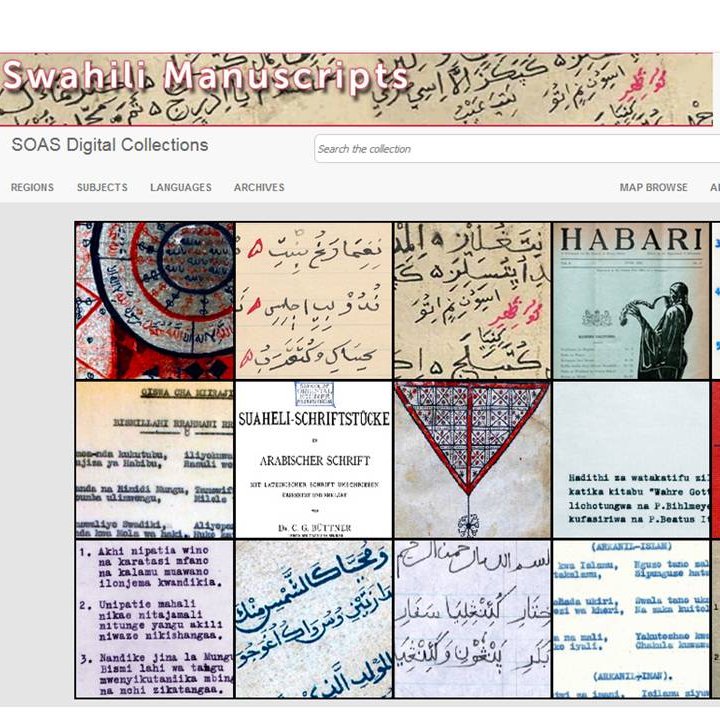@SOASLibrary has 15,000+ published items in/about Persian on its shelves.
@SOAS_SpecColl hold a very fine selection of manuscripts, rare books, periodicals and archives in Persian.
#SOASLangs
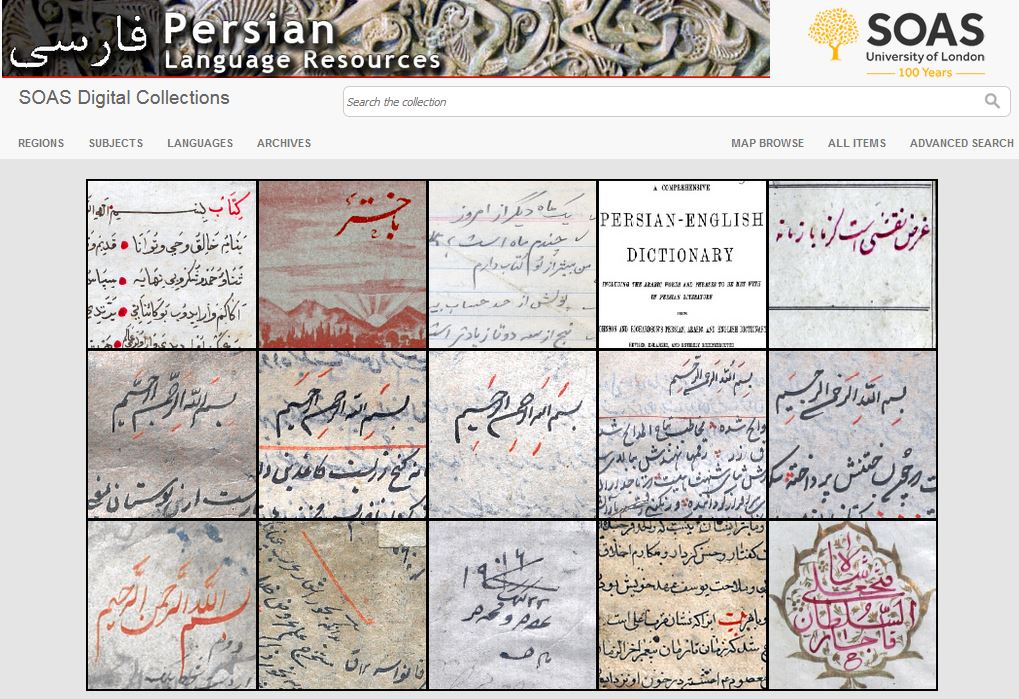
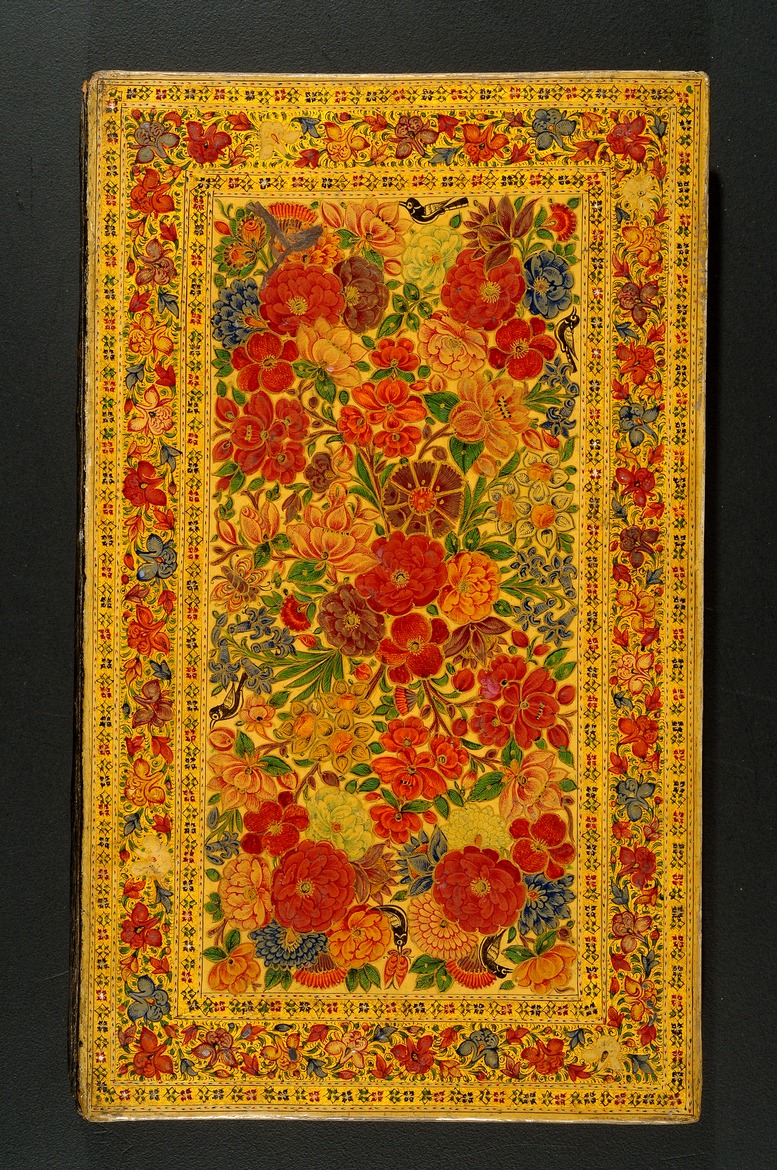
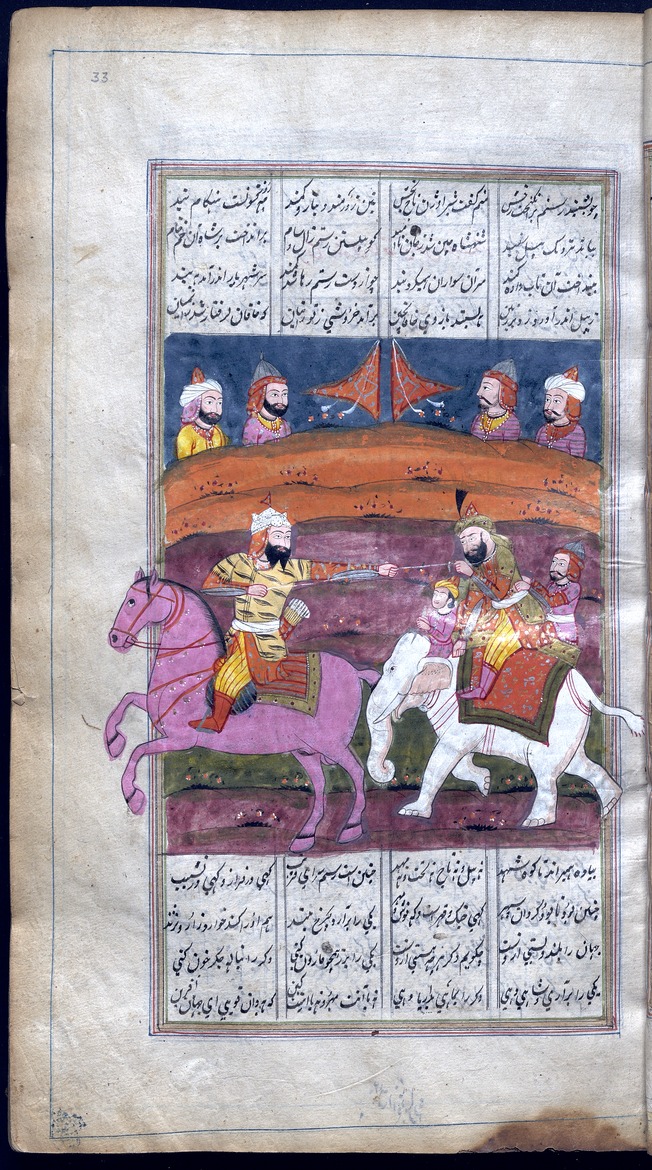
Halt here and get's captivated by the history of that beautiful language recounted by Narguess Farzad for @SOAS Languages for Lockdown series, in 3 episodes:
1) bit.ly/2ZfSxTc
2) bit.ly/3gL6IFP
3) bit.ly/3217pqB
#SOASLangs #Persian #Manuscripts #Mughal
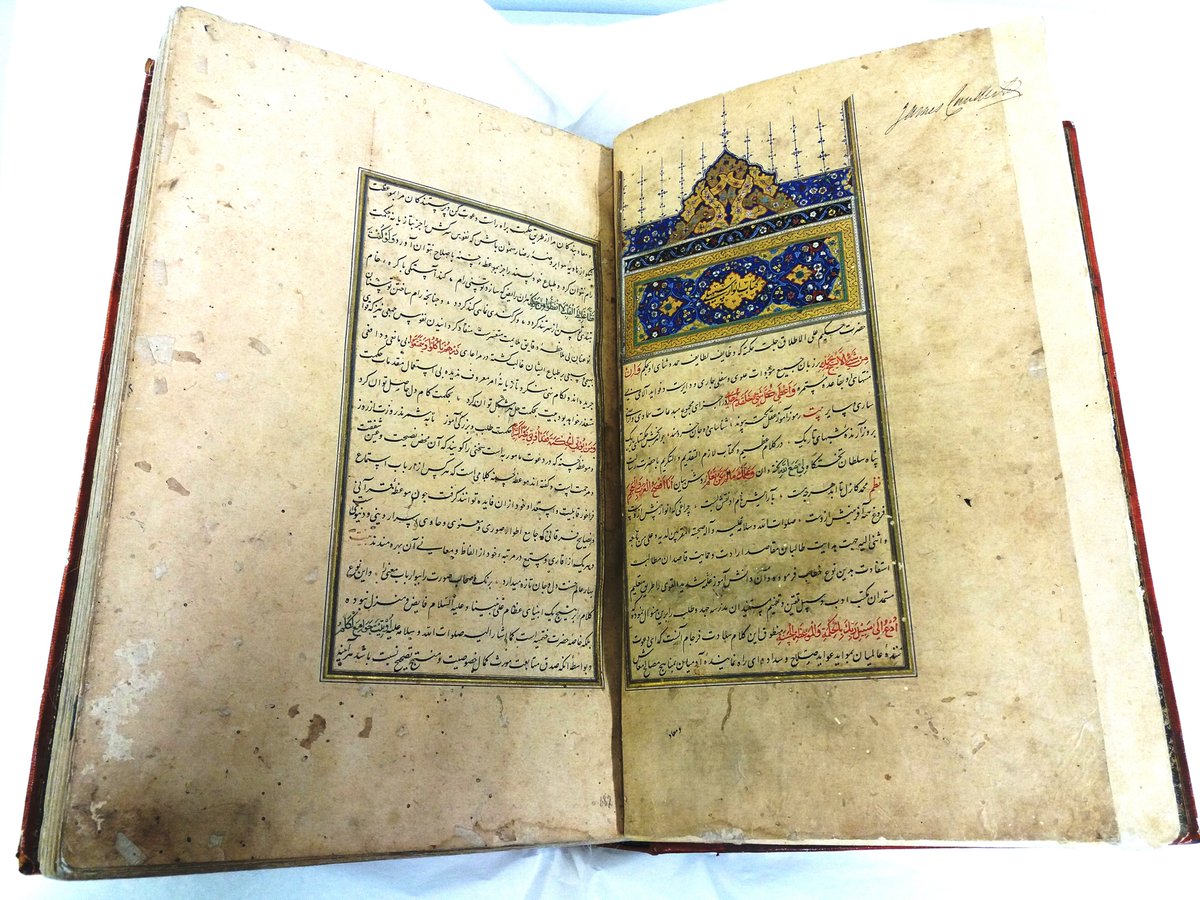
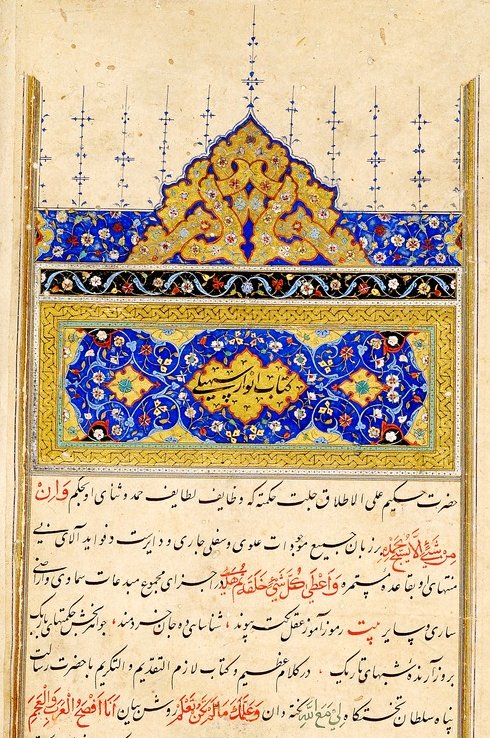
In the late 15th century Ḥusayn Vāʻiẓ Kāshifī was commissioned by the Timurid court to produce another, simplified, version in Persian.
This version gained tremendous popularity.
#SOASLangs #Persian #Mughal
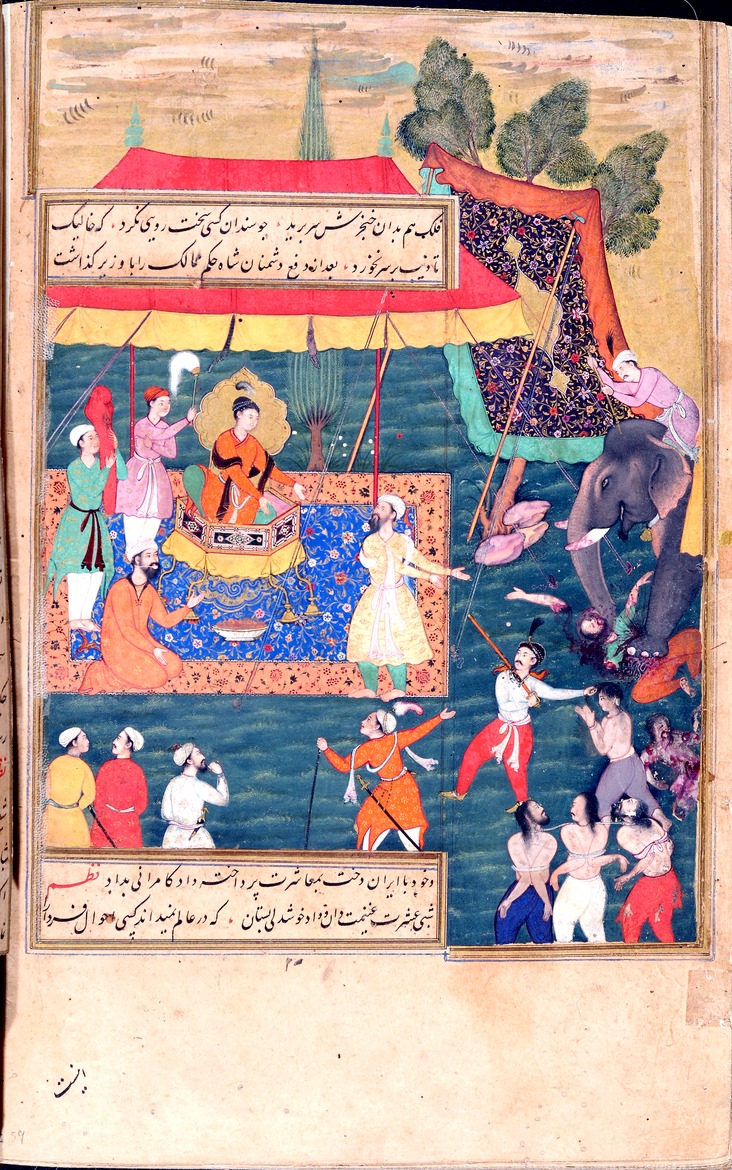
SOAS Ms 10102 is one of those precious copies.
Feast your eyes on the 27 sumptuous miniatures of that regal copy at bit.ly/30aDSrH.
#SOASLangs #Persian #Mughal #fables
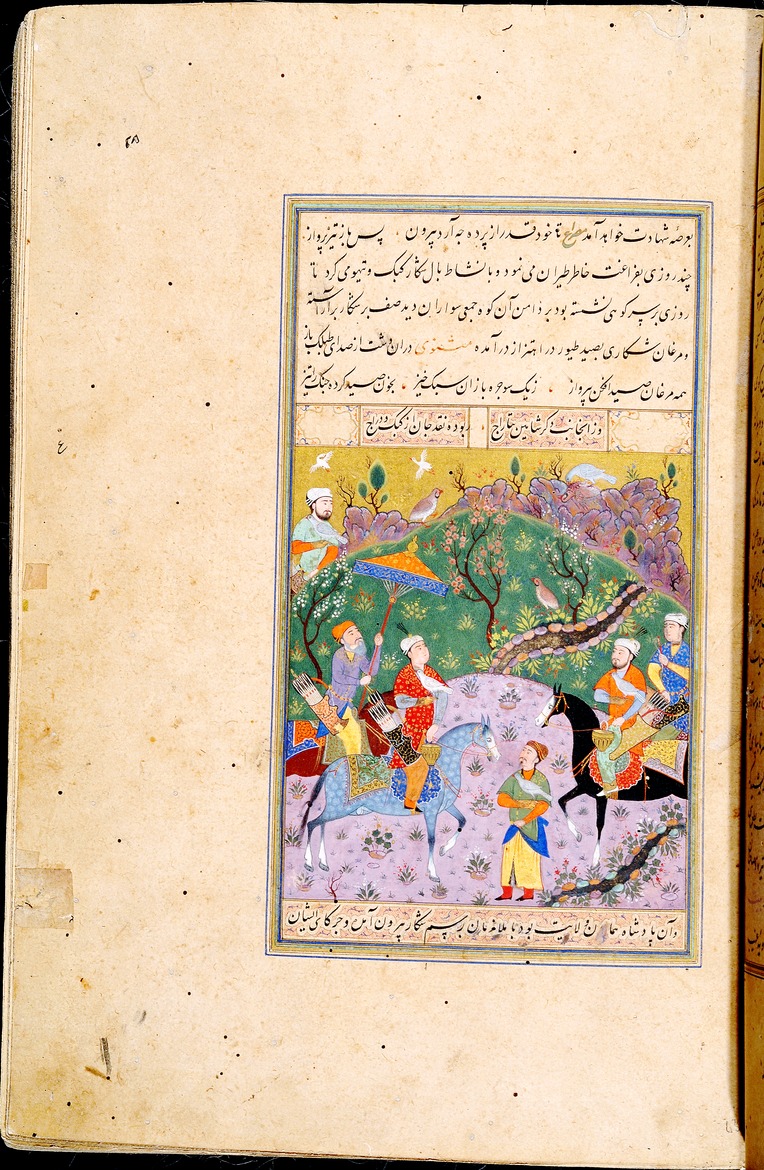
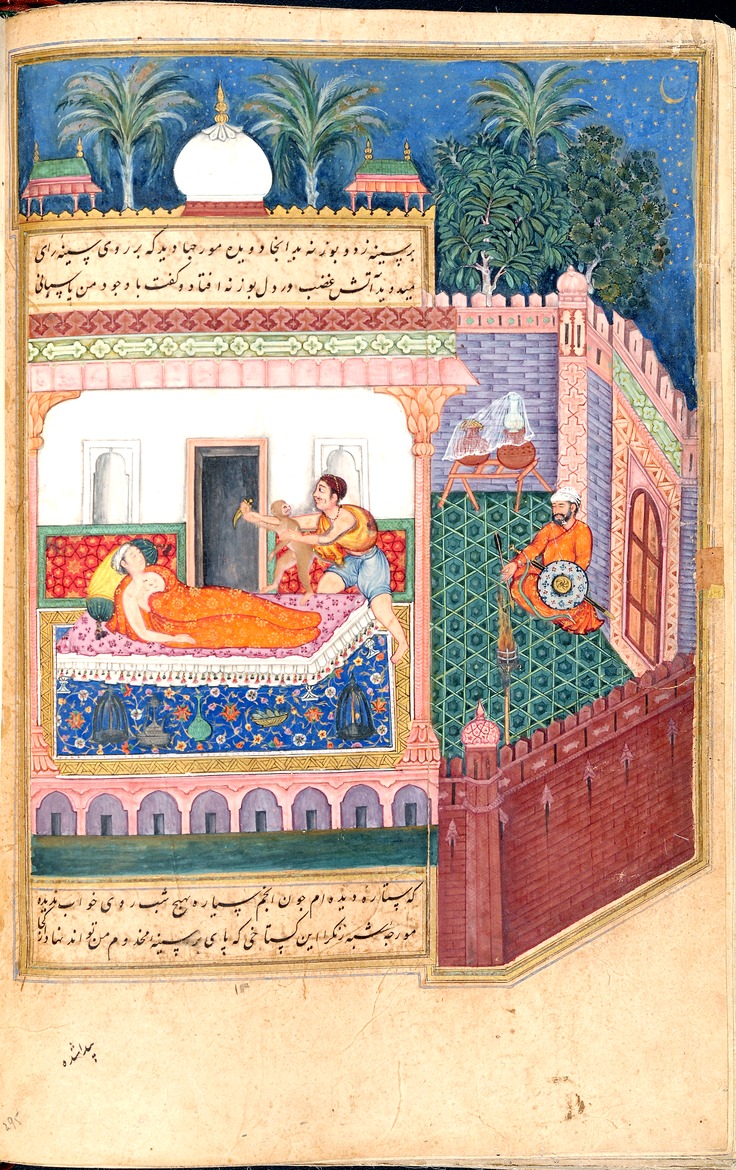
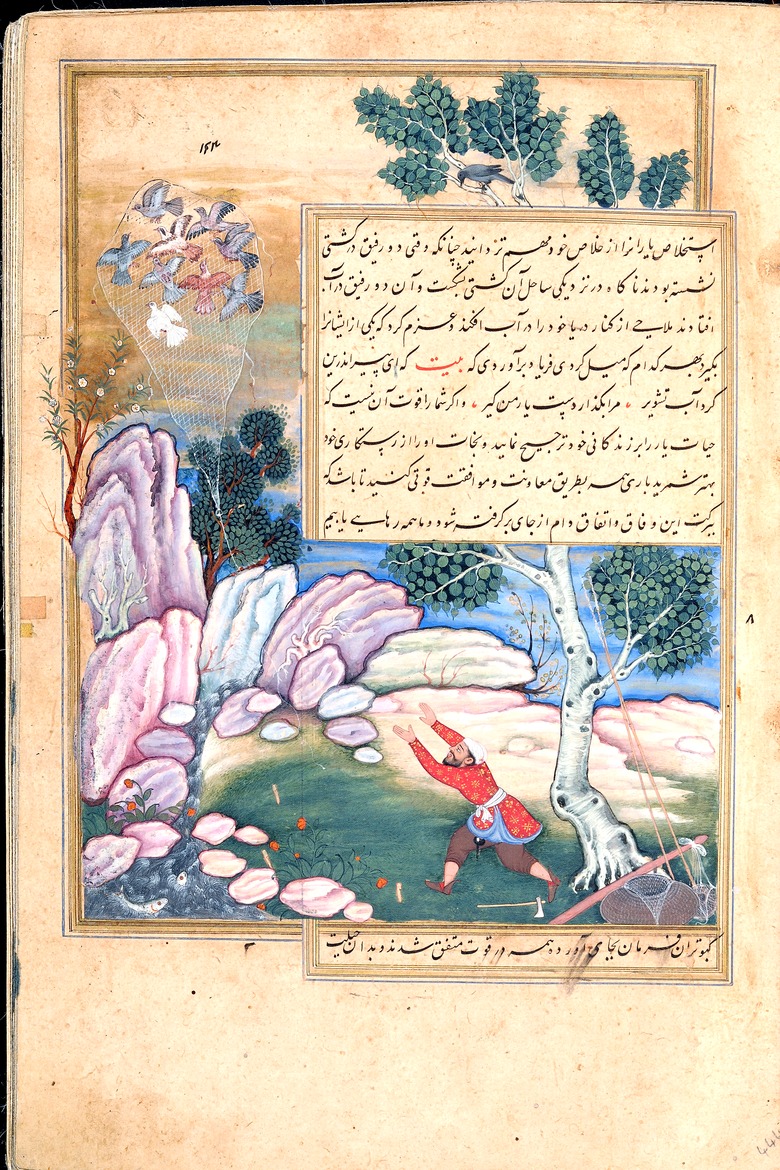
jigex.com/DvzJ
...and discover the shocking scene right in the middle of the idyllic garden scenery and exquisite foliage!
#SOASLangs #Persian #Manuscripts #Mughal #whodunnit
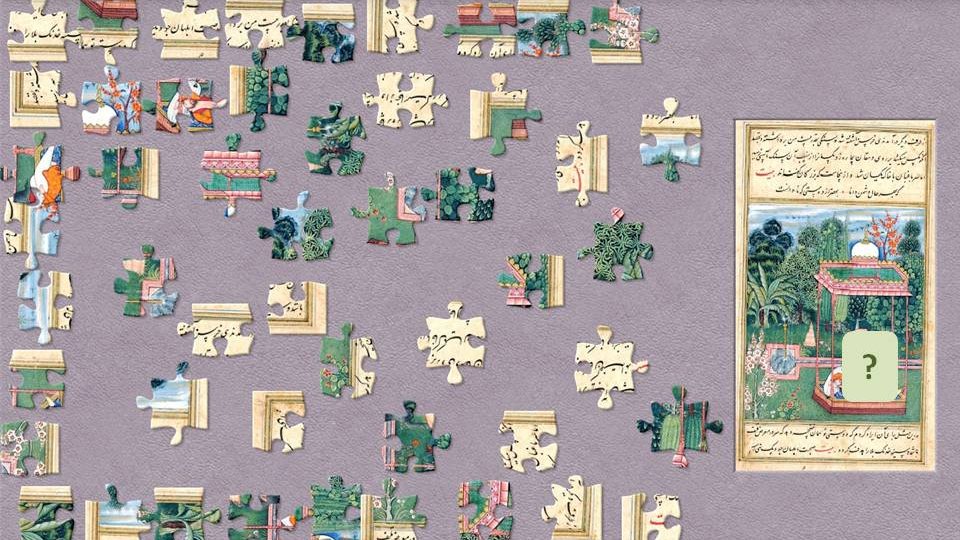
Hint: La Fontaine re-used and introduced this story from the انوار سهيلى to Western audiences in his fable "L'Ours et l'Amateur des Jardins"...
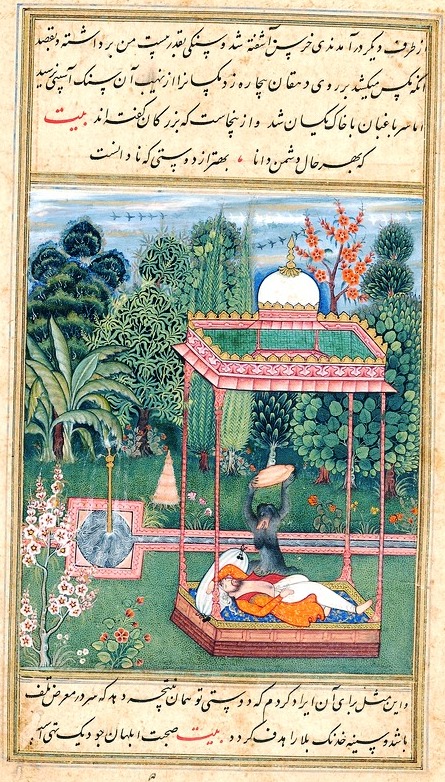

None are digitised yet, so enjoy the sneak peeks we can offer here of our 16th c. Shāhnāmah (Ms25294),
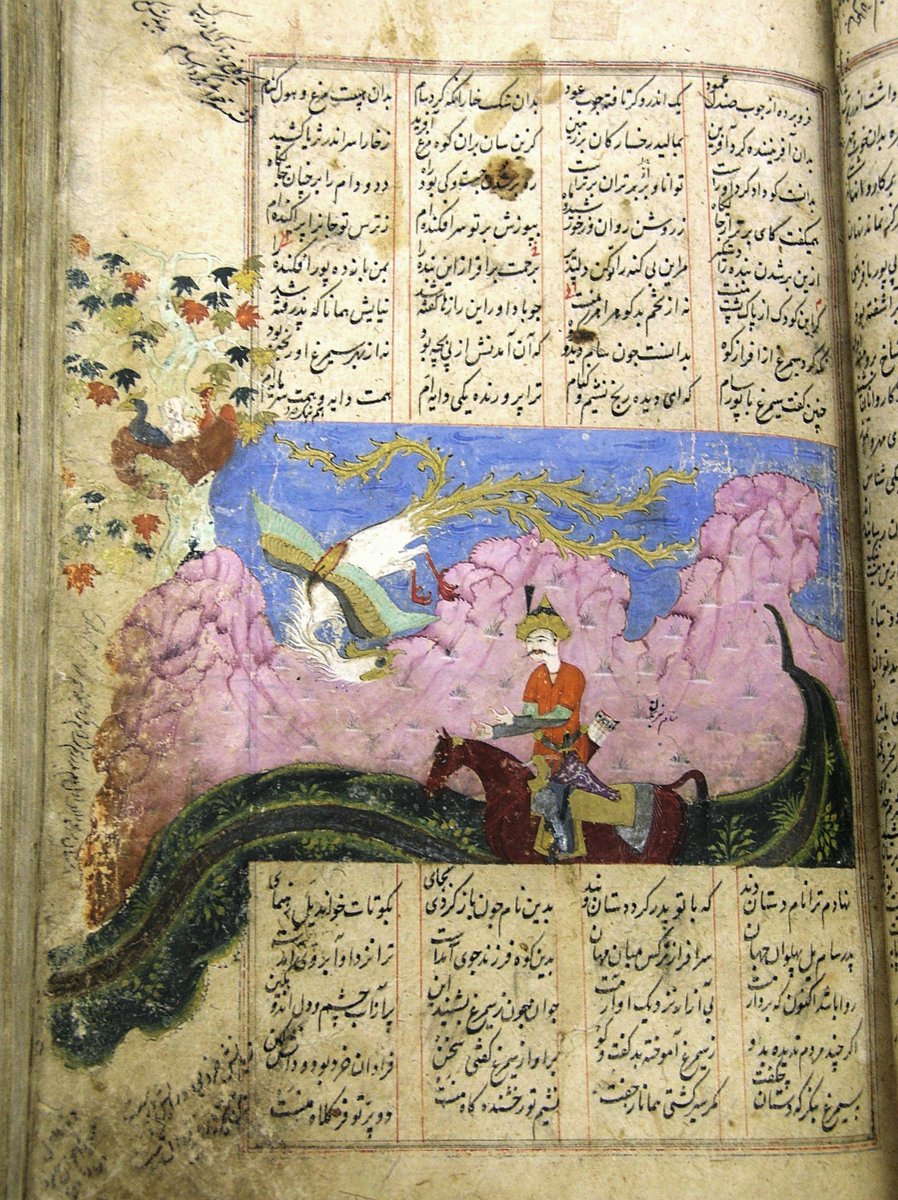
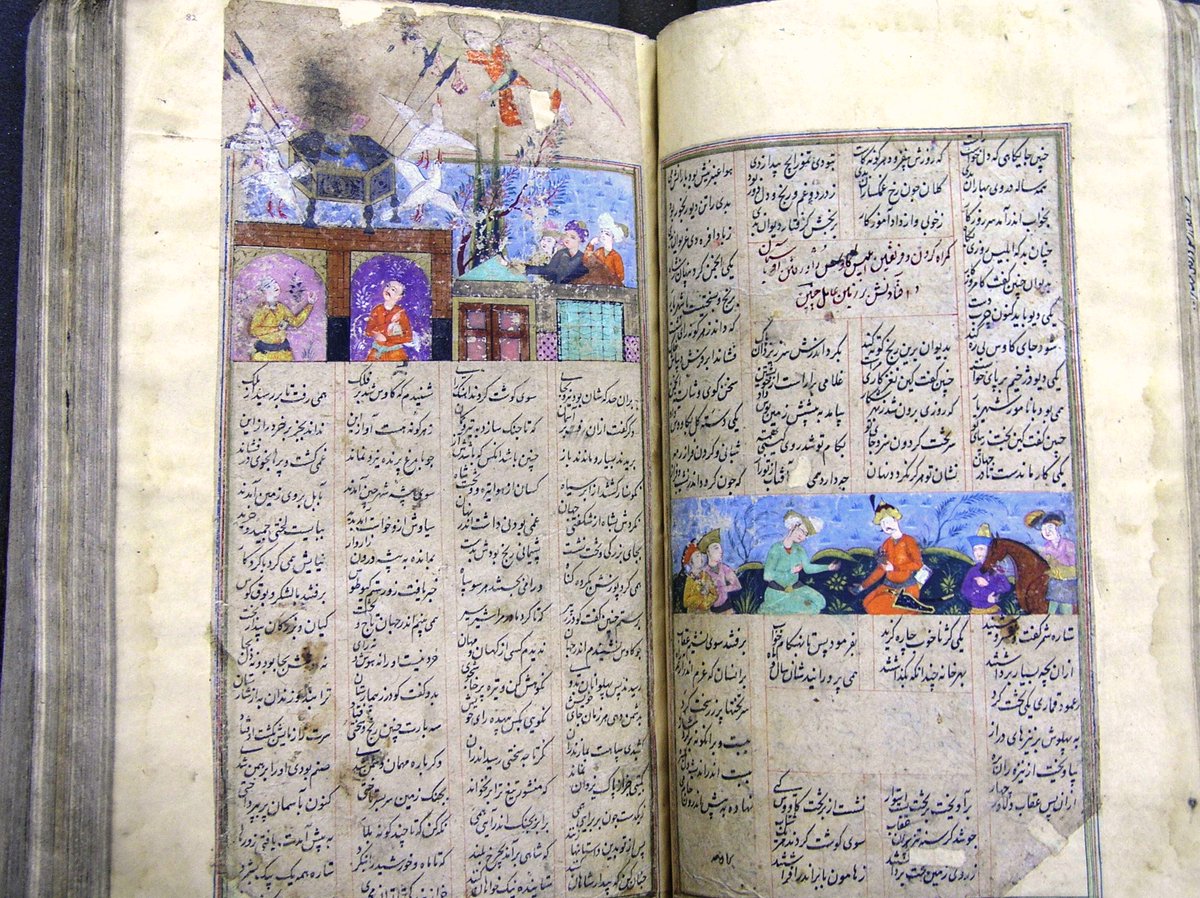
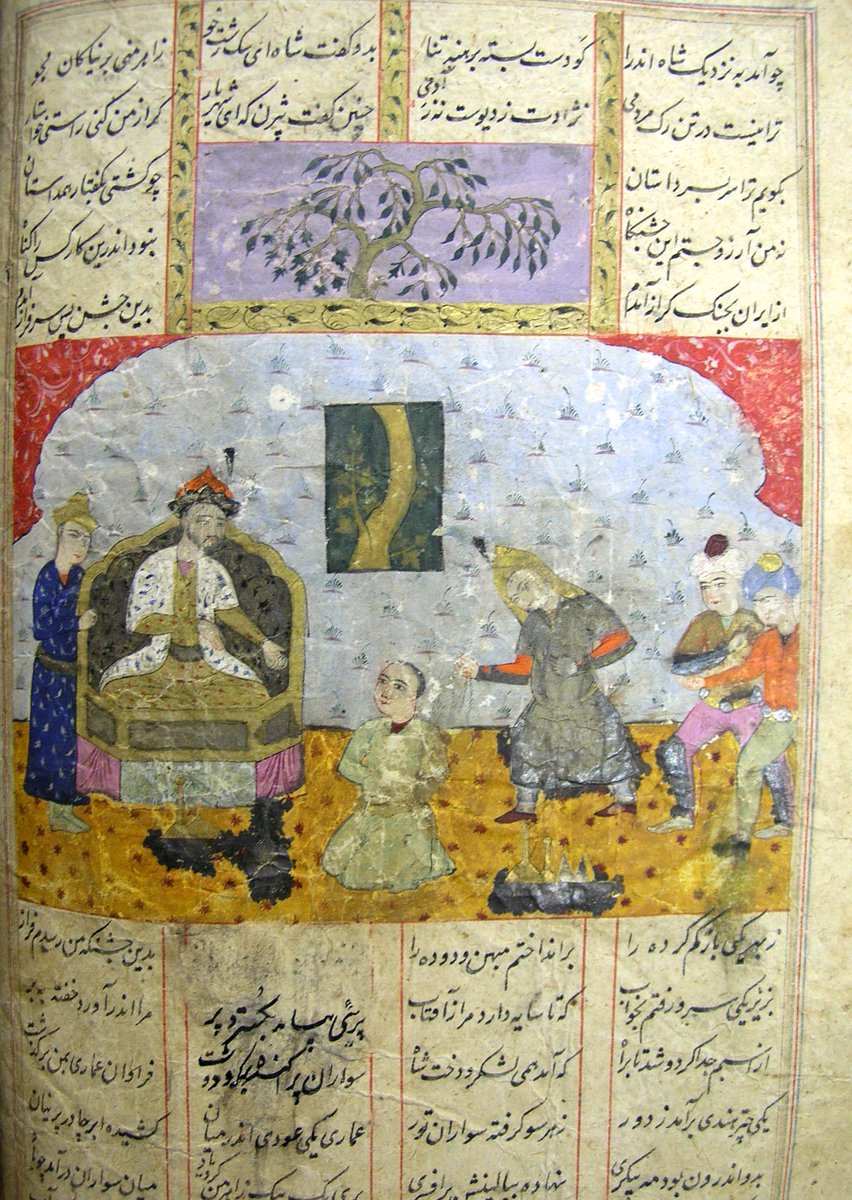
Here a victorious Kay Khosrow gives the Turanians safe conduct after their defeat, preferring benevolence over revenge...
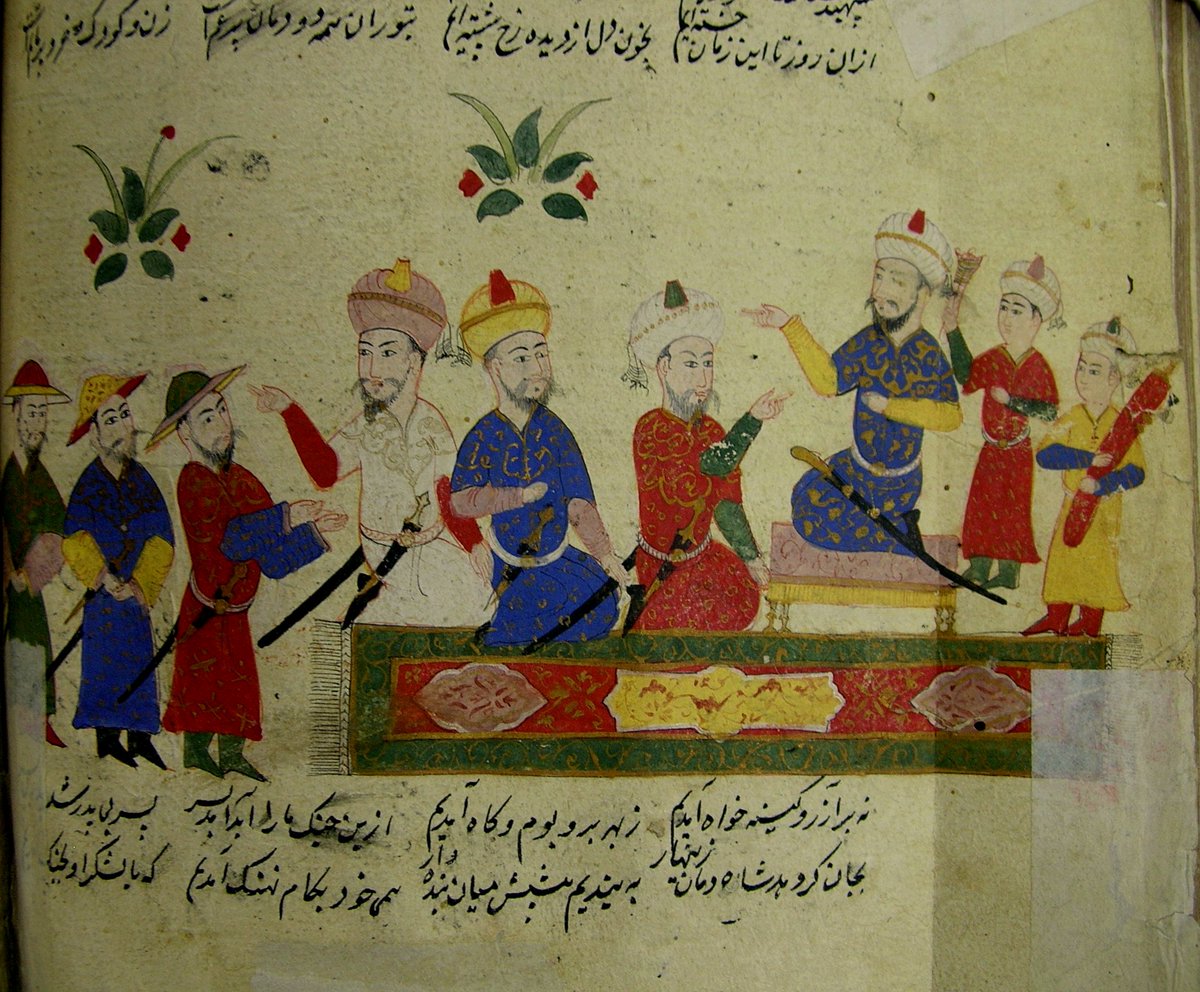
Divān-i Jāmī (Ms 25293) جامي ديوان
They are the collected poems of the famous poet and mystic Jāmī (1414-92).
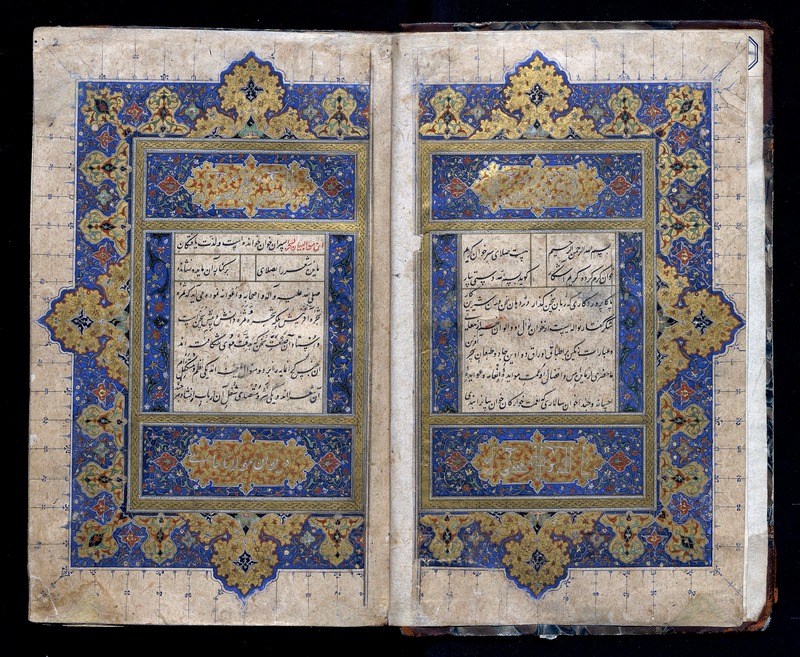
This copy is dated 941 AH (1535 CE) and was very likely produced in Herat, Afghanistan, where Jāmī spent the later part of his life.
See more of it here: bit.ly/30l9uuN
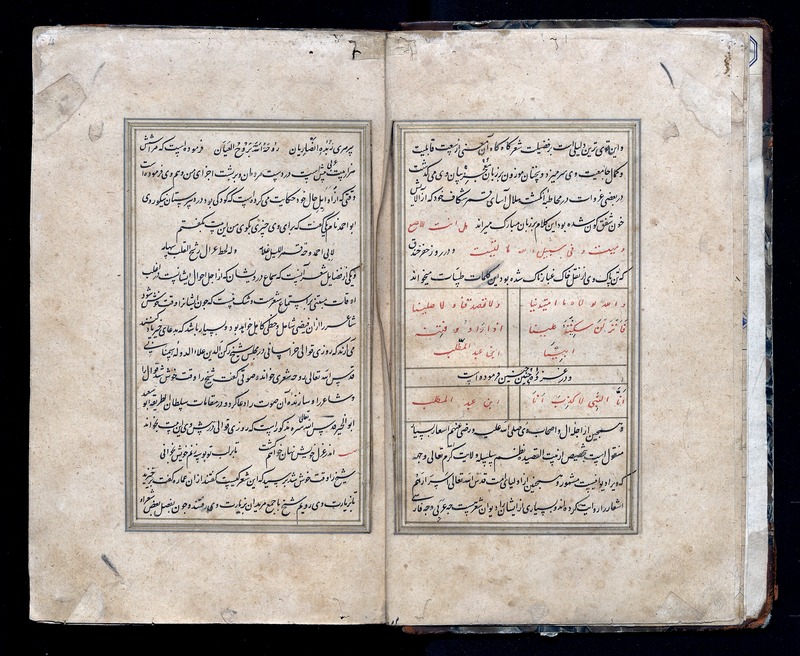
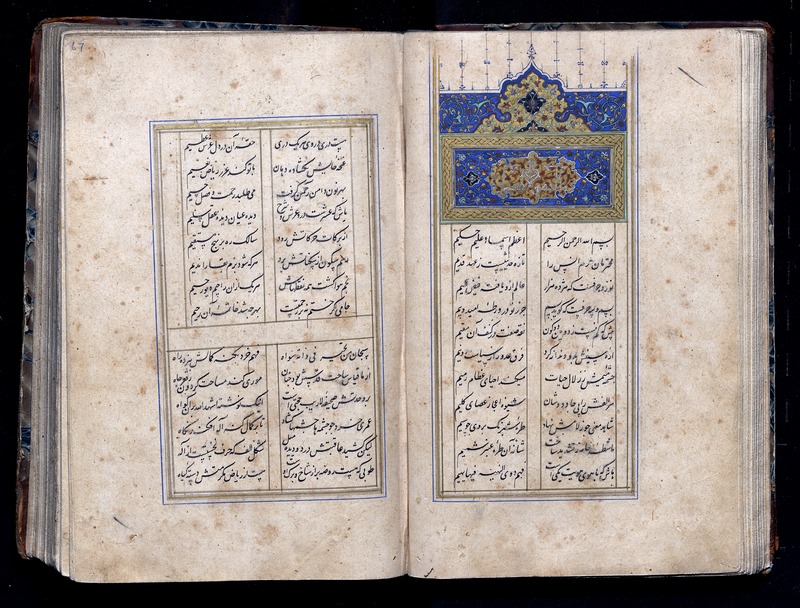
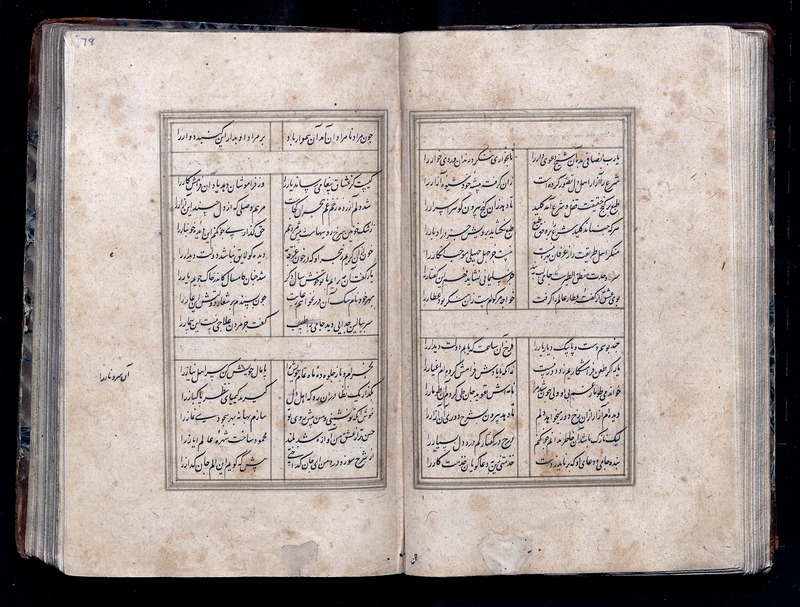
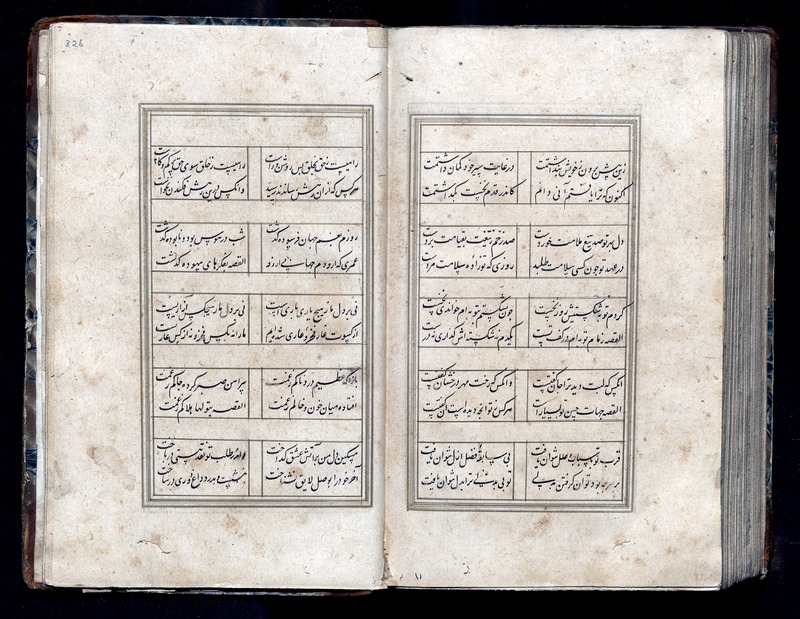
You can find more @SOASLibrary to read on #Jāmī at bit.ly/2Oymd87, and on #Persian language, literature & poetry more generally at bit.ly/2CobUB5.
Or contact @SOAS Centre of Iranian Studies chaired by @Narguesssoas at bit.ly/2B6Es1d!
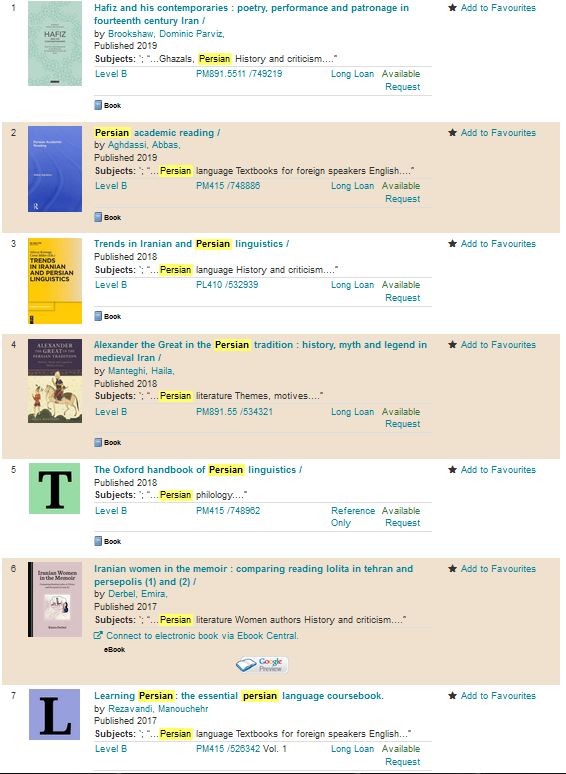

Ms46458 (bit.ly/2WtZdLE) ظفر نامه Ẓafar′nāmah by Sharaf al-Dīn ʻAlī Yazdī (d. 1454) relates the history of #Timur, the Turco-Mongol conqueror who founded the #Timurid dynasty.
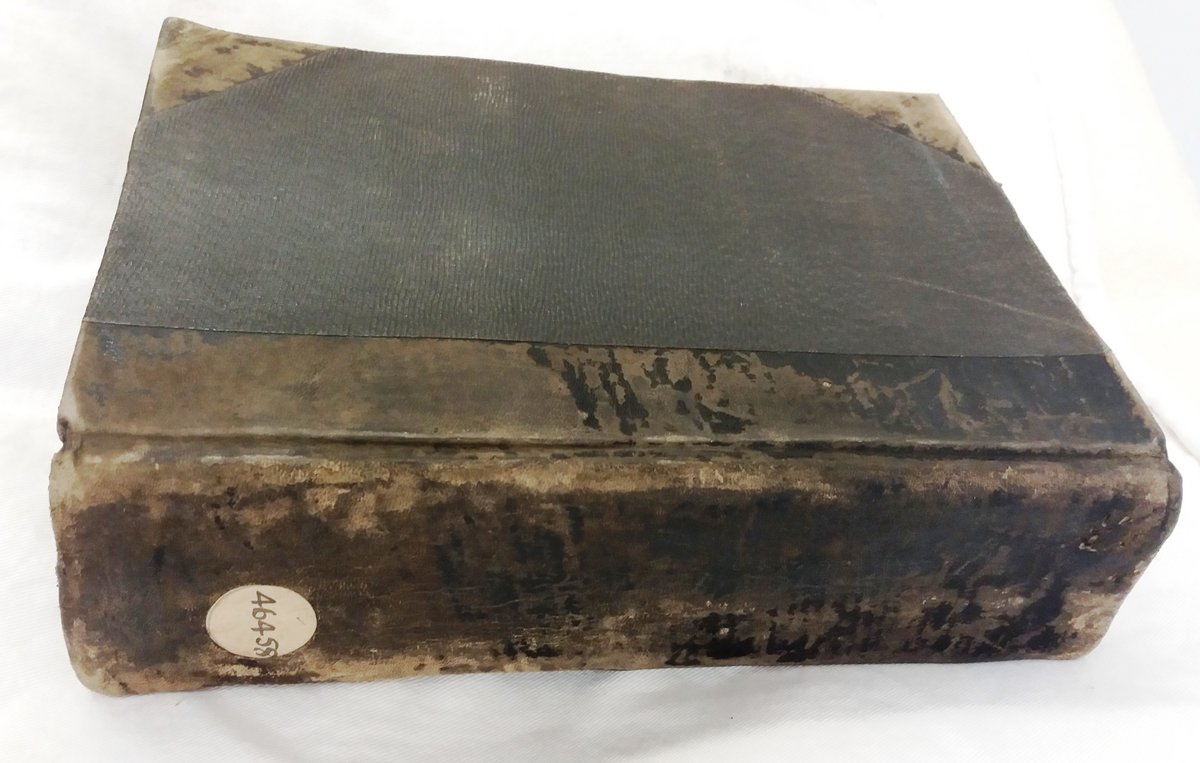
#SOASLangs
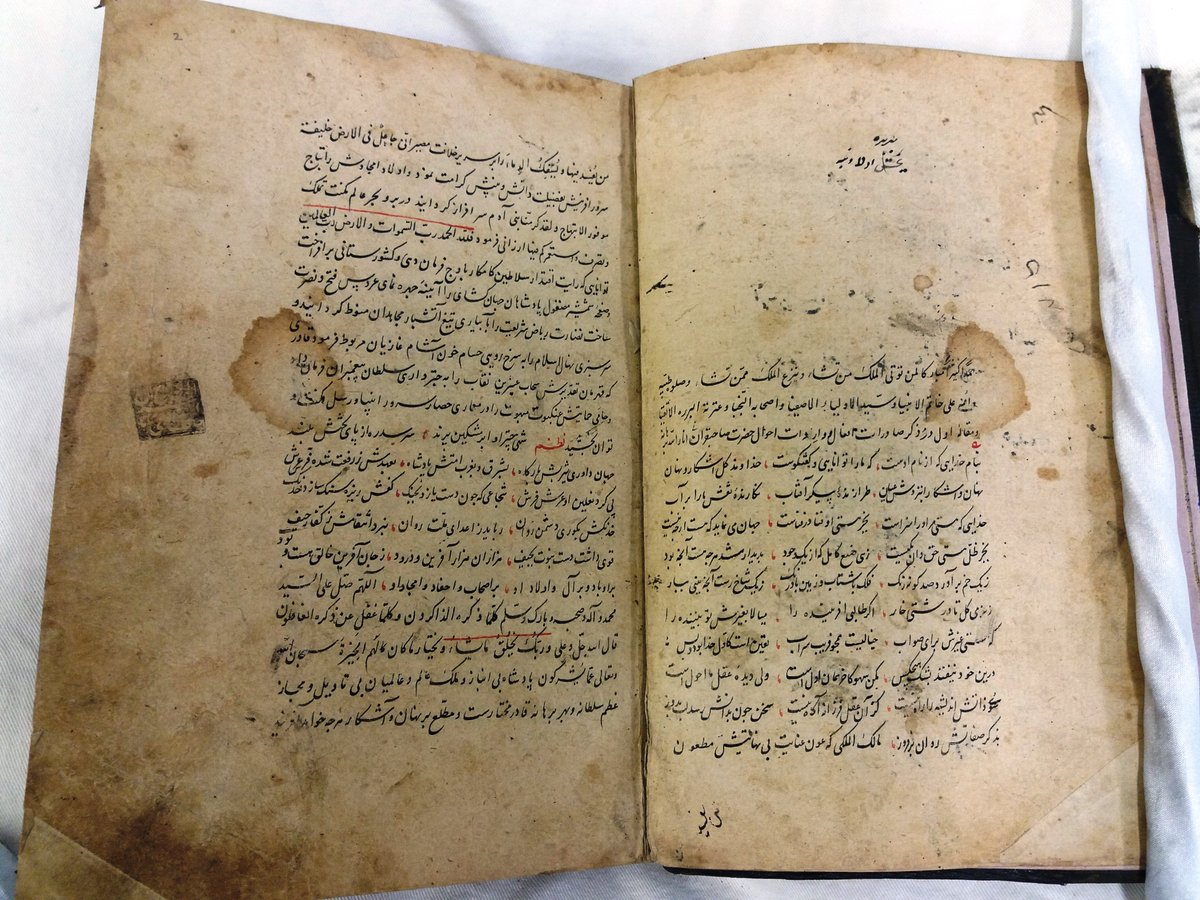
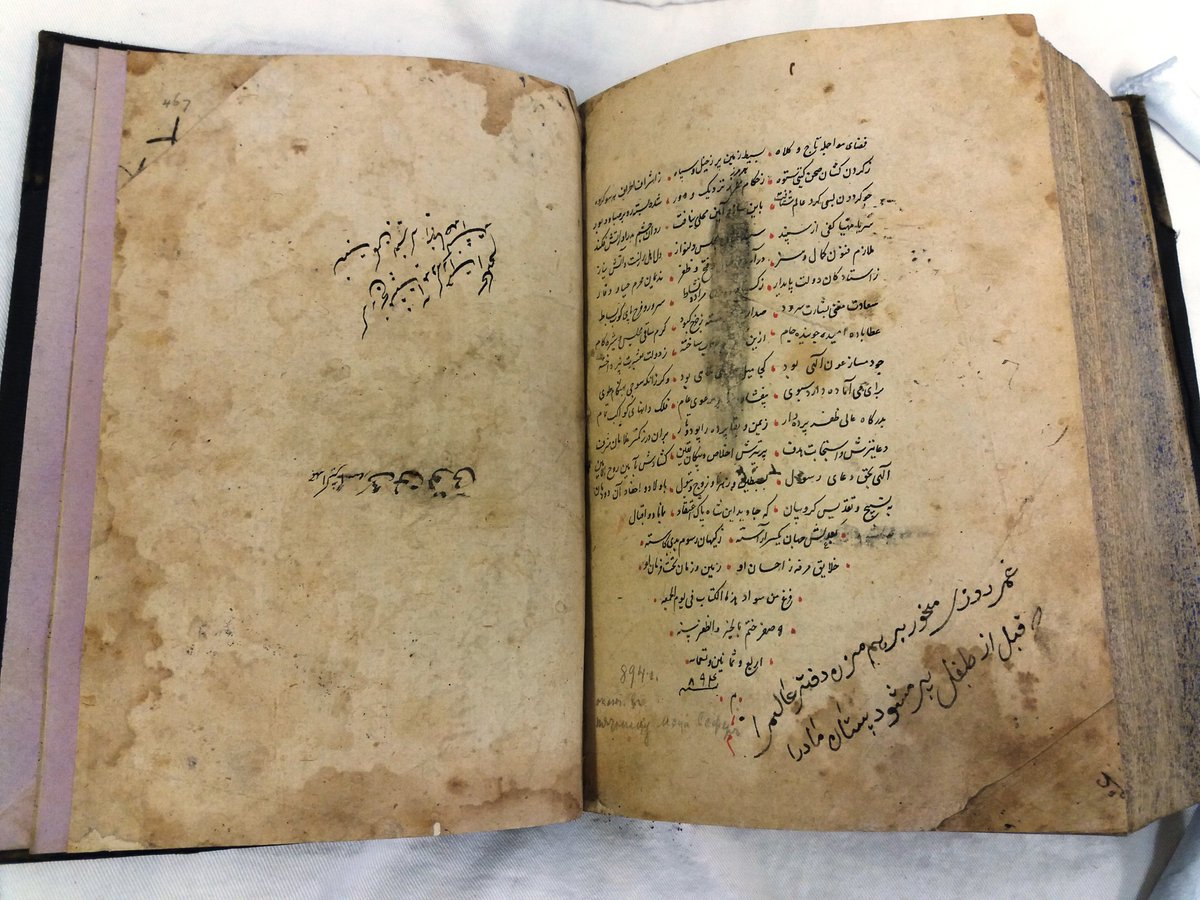
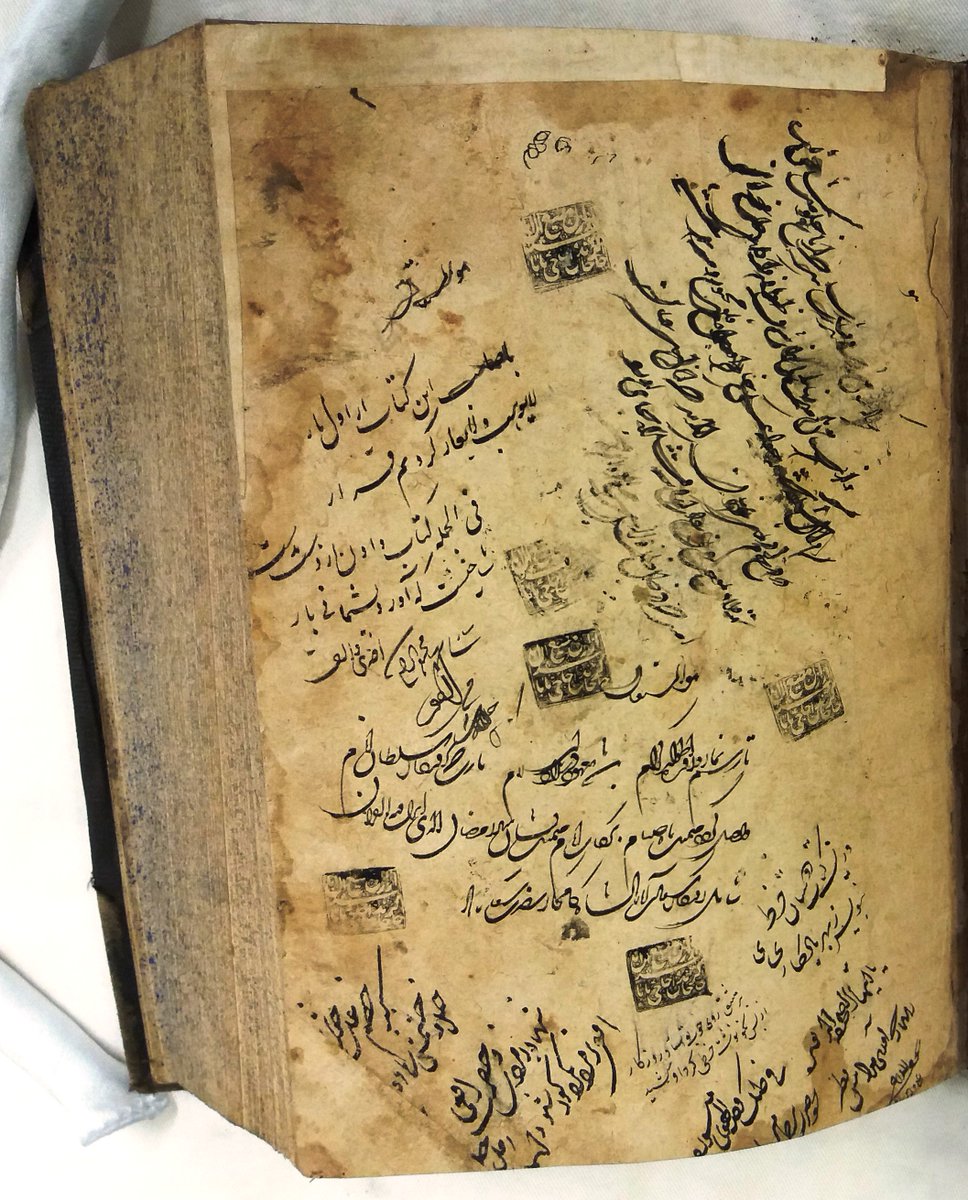
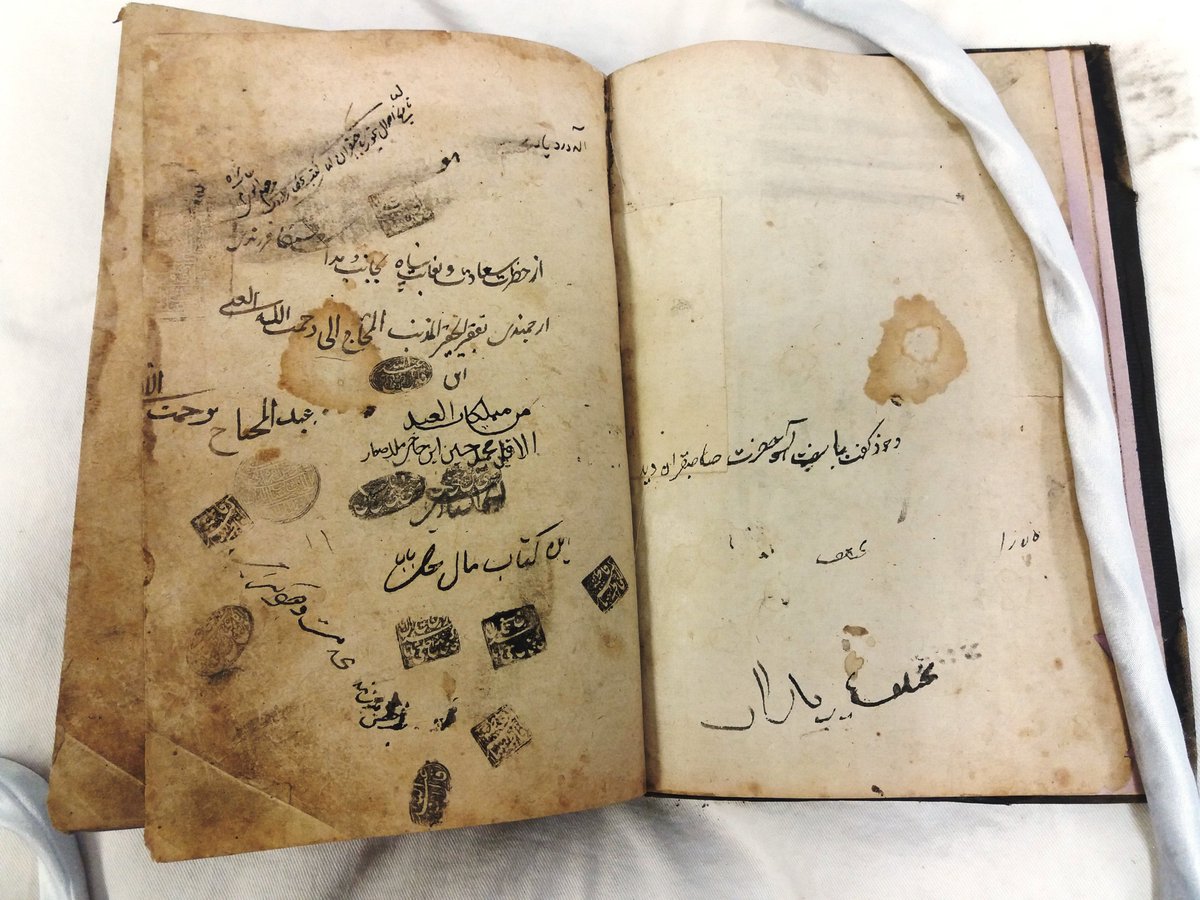
Being a multilingual treatise on grammar, rhetoric and calligraphy in #Persian, #Arabic & #Turkish, it leads us to explore the latter of these #MECAC #SOASLangs.
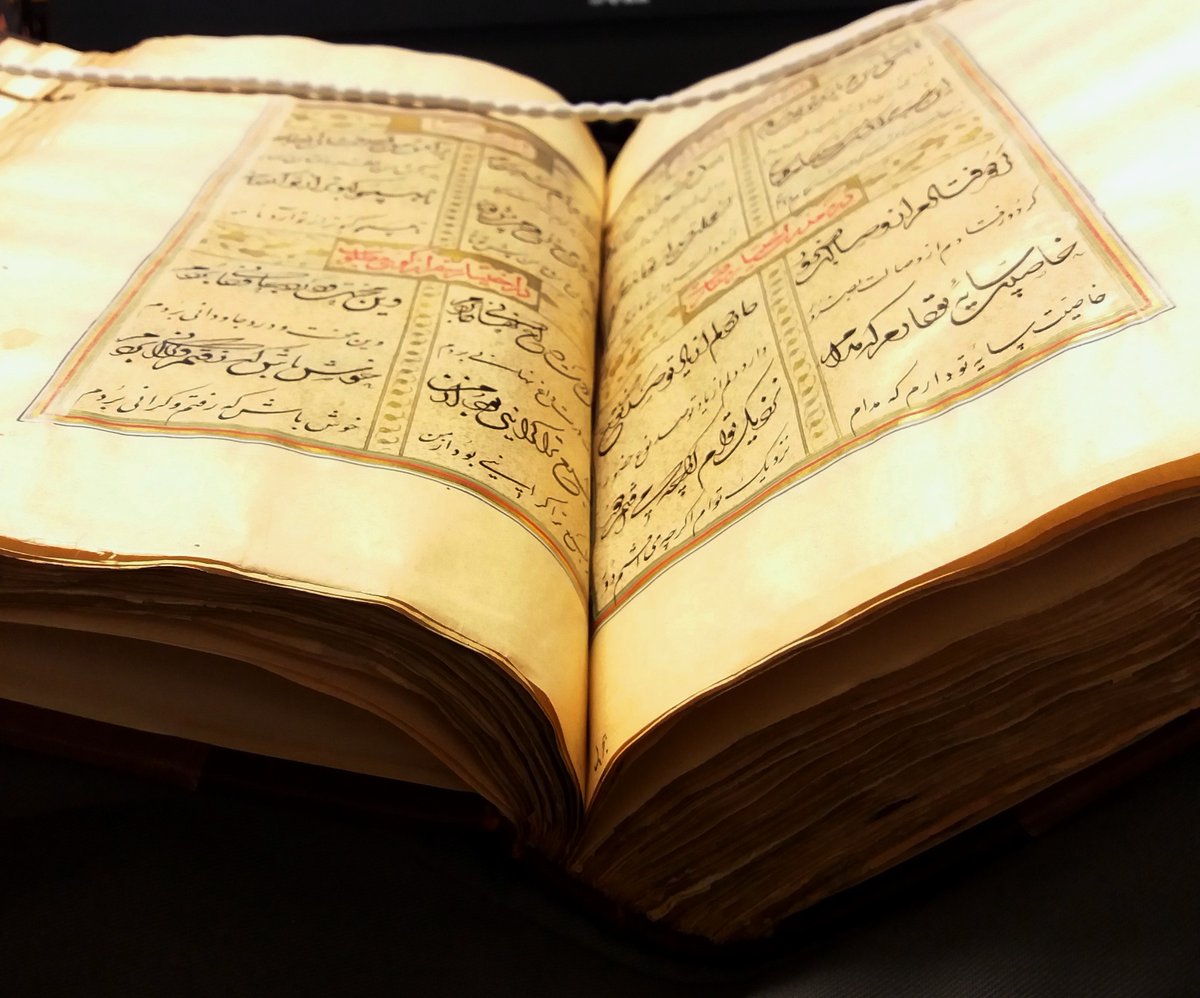
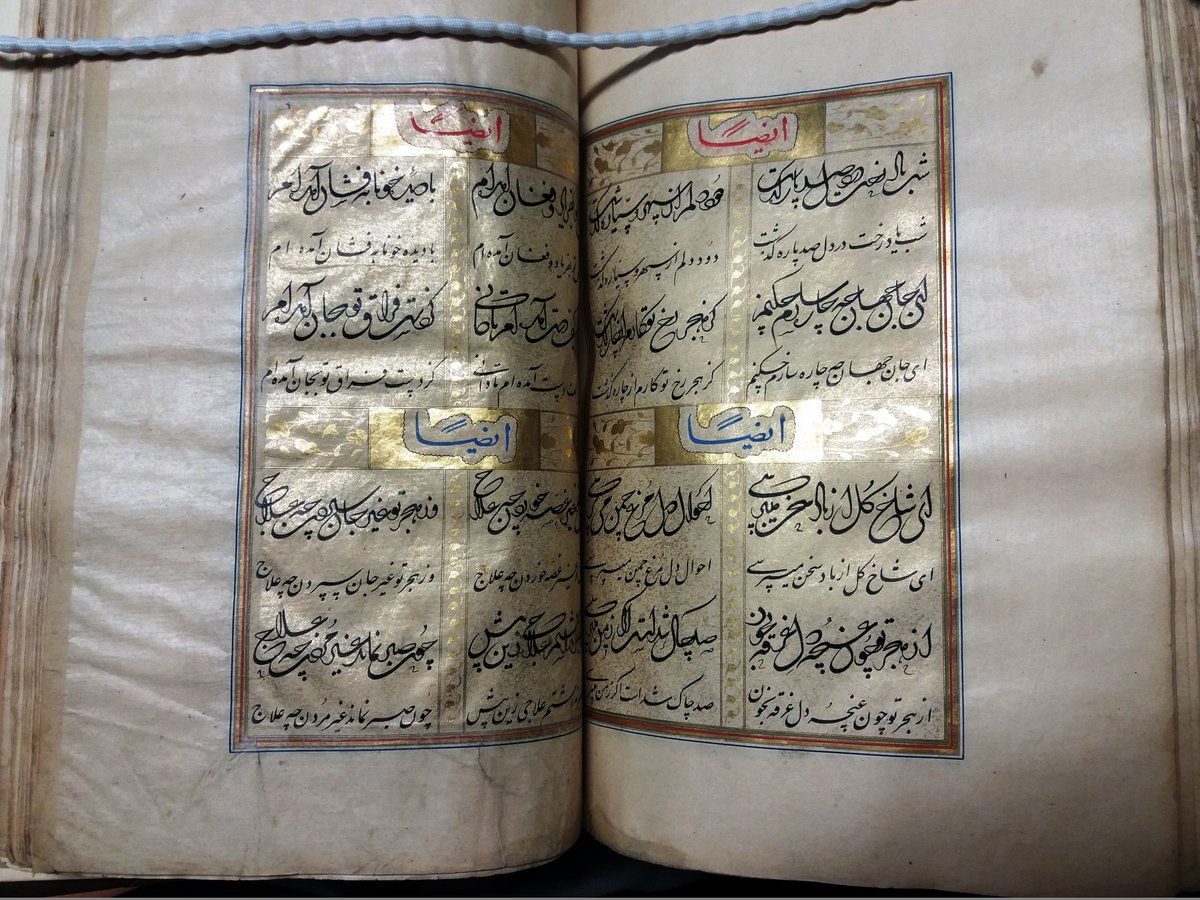
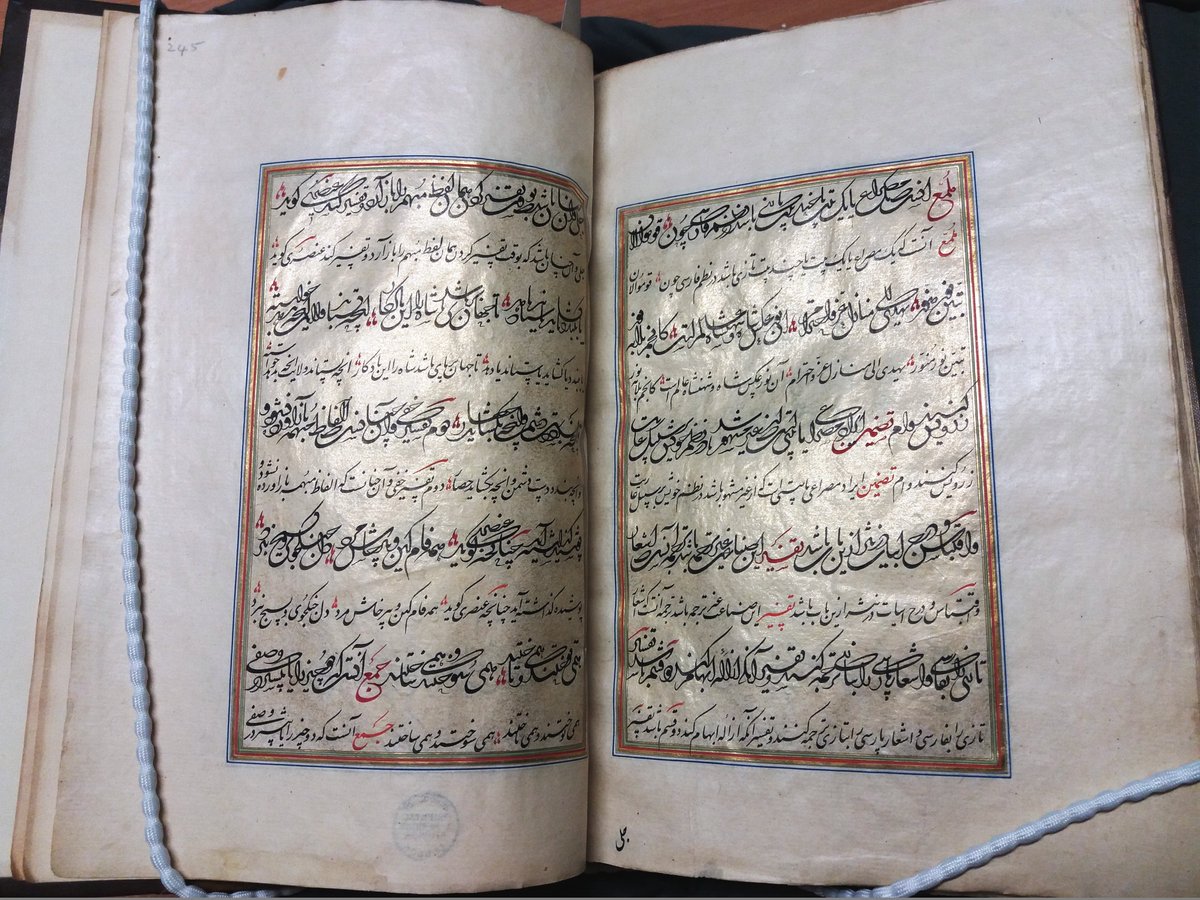
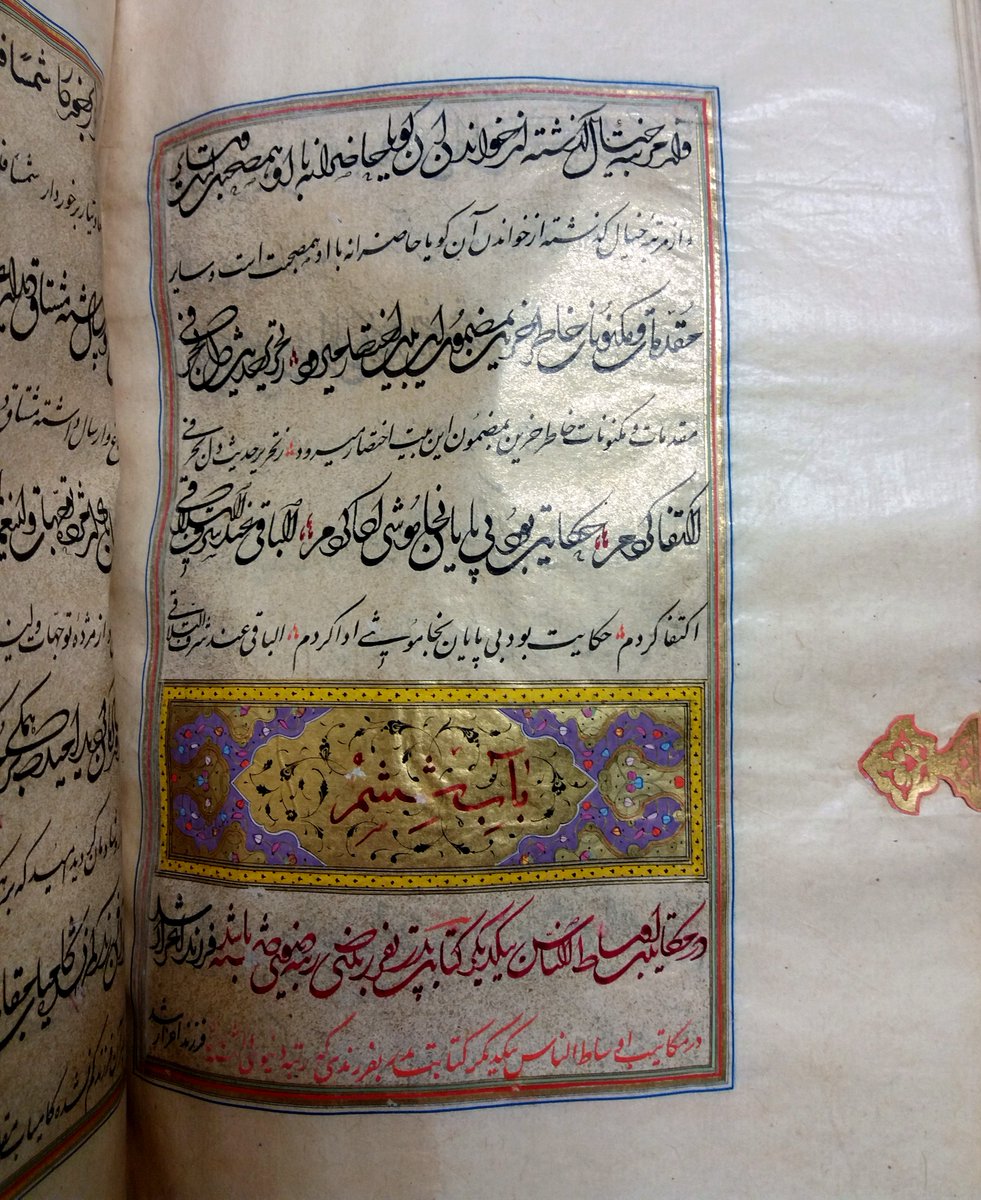
It was in effect mainly the language of the rulers, urban elite & lettered subjects of the Ottoman Empire between the 14th and 20th centuries
#SOASLangs
#OttomanTurkish #ArabicAlphabet
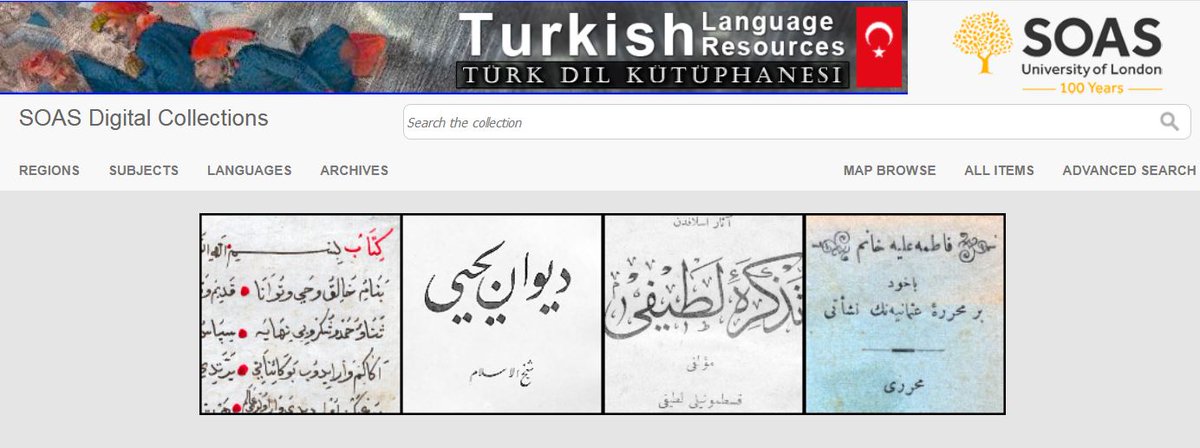
#SOASLangs
Ottoman Turkish had an immense reach due to the intense political, commercial and intellectual activities and exchanges of the Ottoman Empire with the rest of the world.
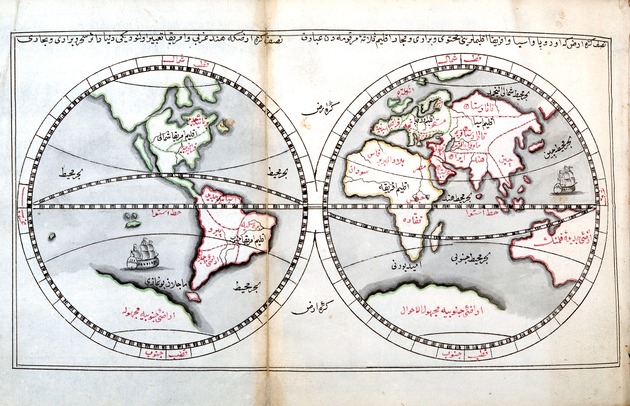
#SOASLangs #Ottoman #maps #atlases
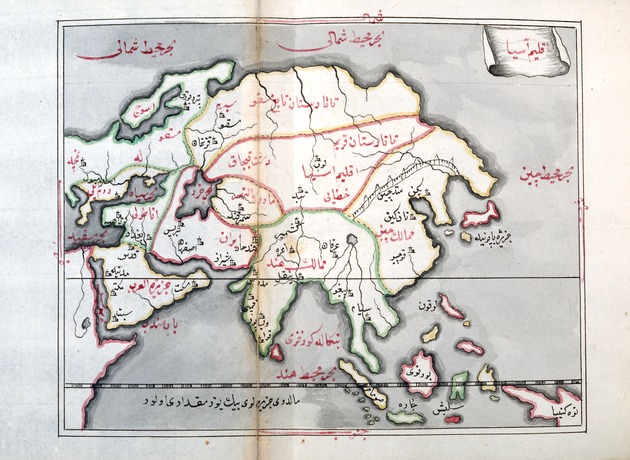
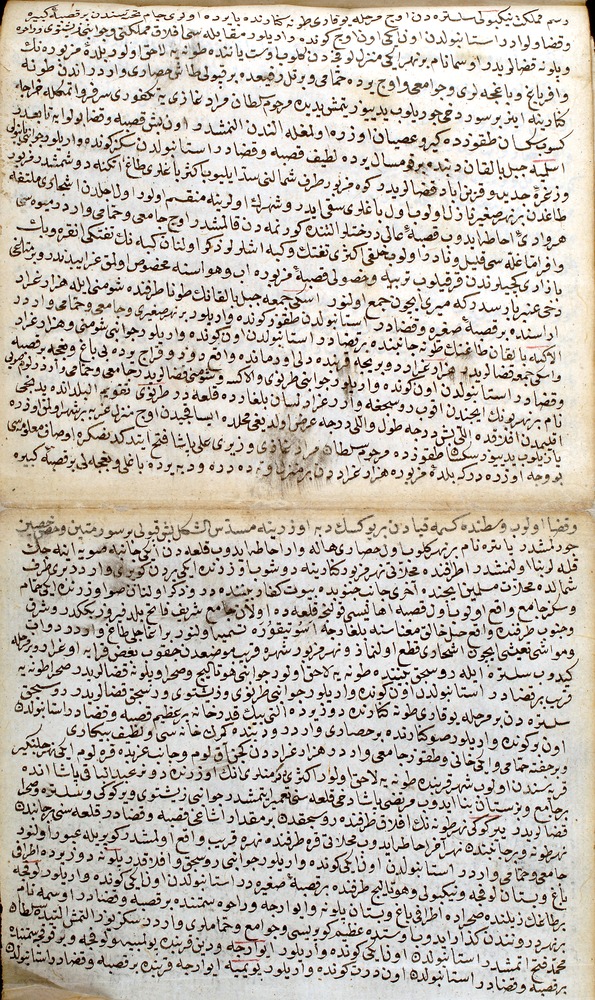
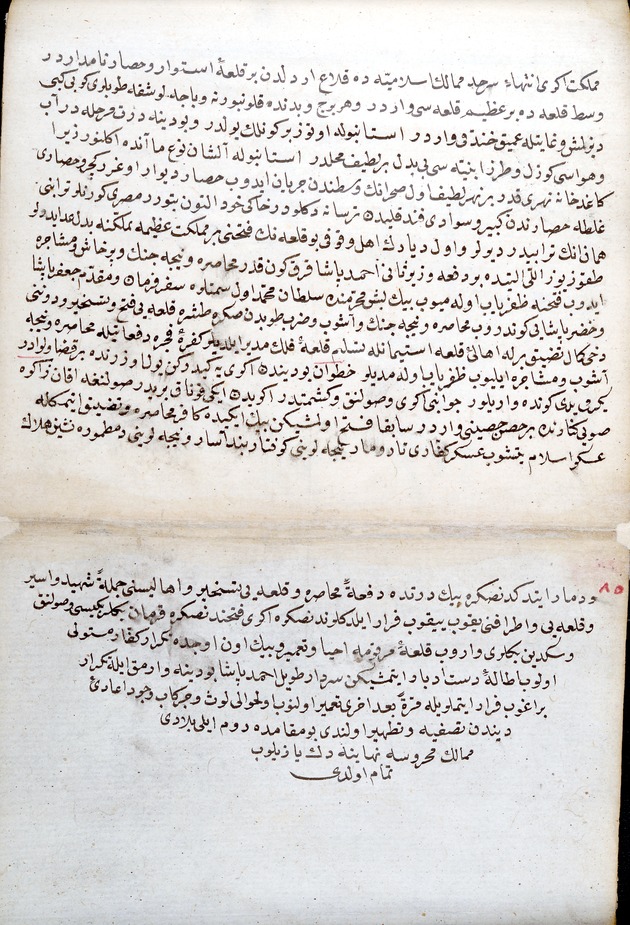

Ms381289 (see its record at bit.ly/3haTySP) gathers no less than 34 works by 11 authors on the various subjects such as sciences, linguistics, theology, #geography, cosmology, etc.
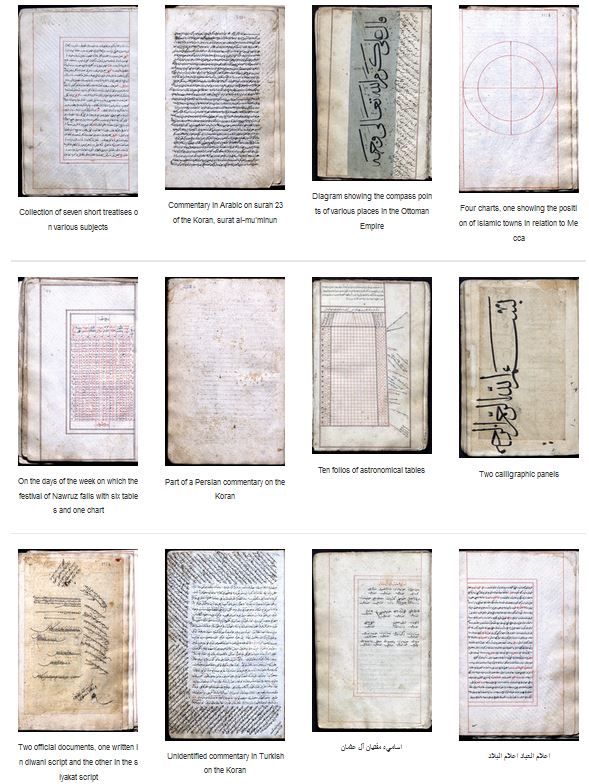
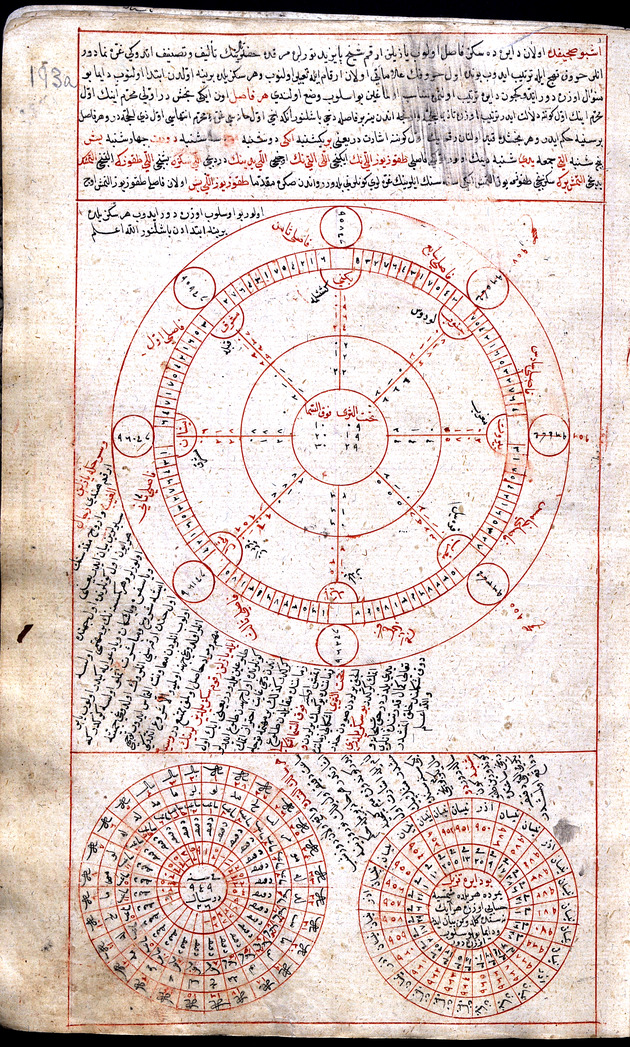
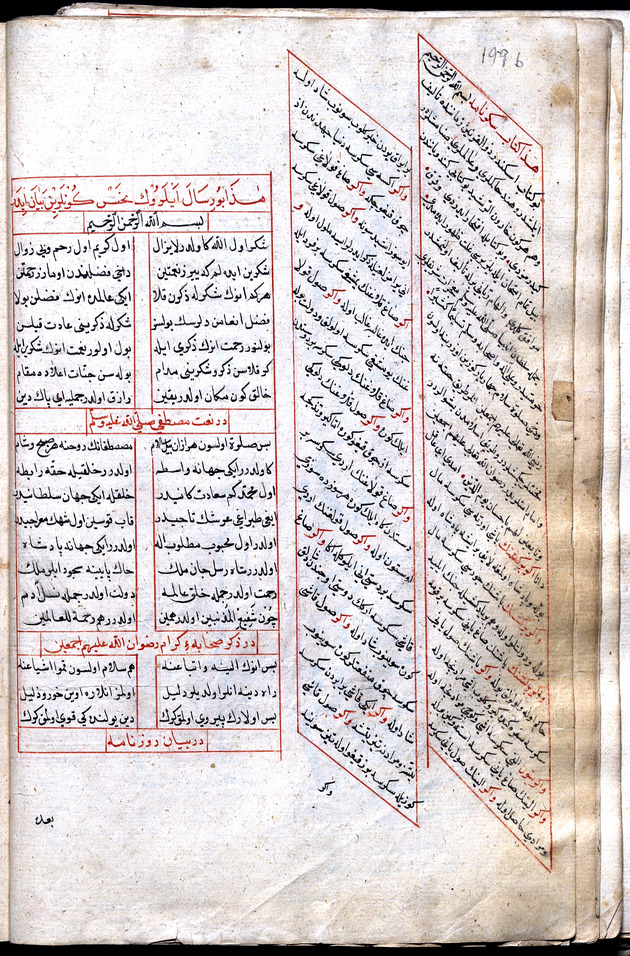
See the digitised version at bit.ly/2DTklVj
#SOASLangs #OttomanTurkish
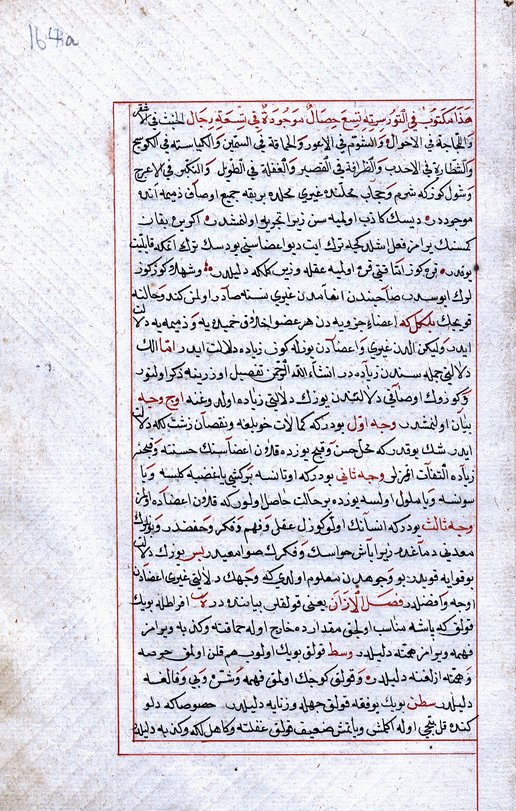
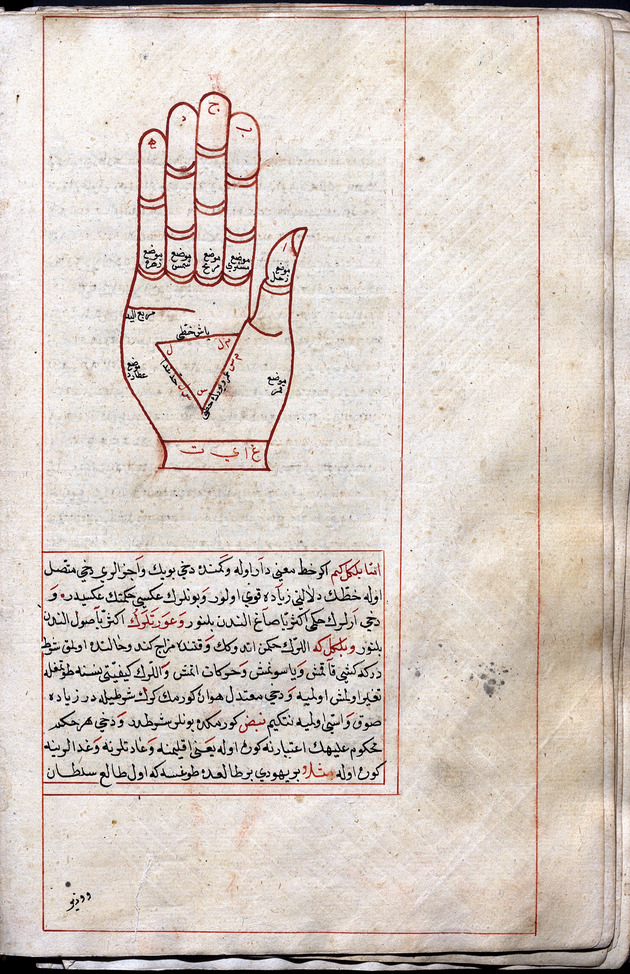
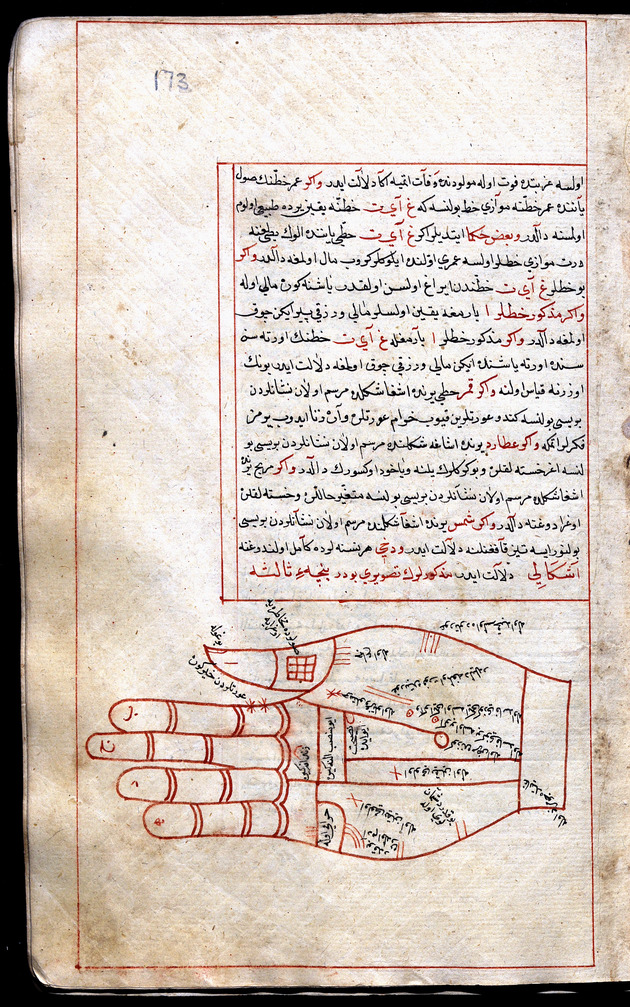
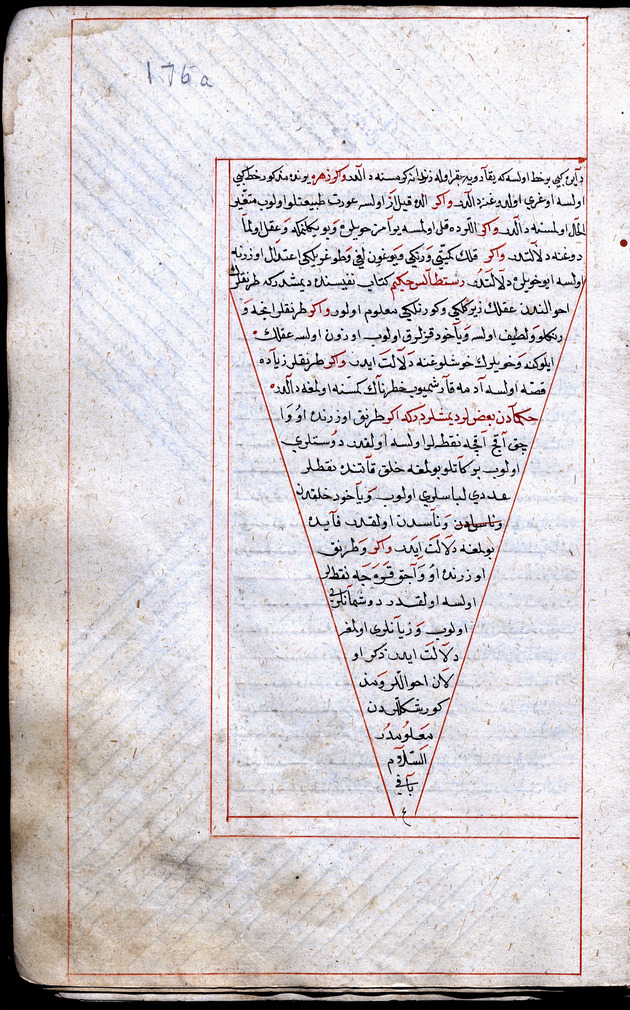
#SOASLangs #OttomanTurkish
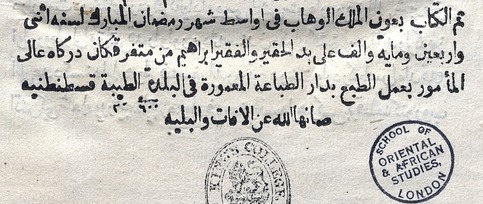
It is fully digitised at bit.ly/2CODJ5e.
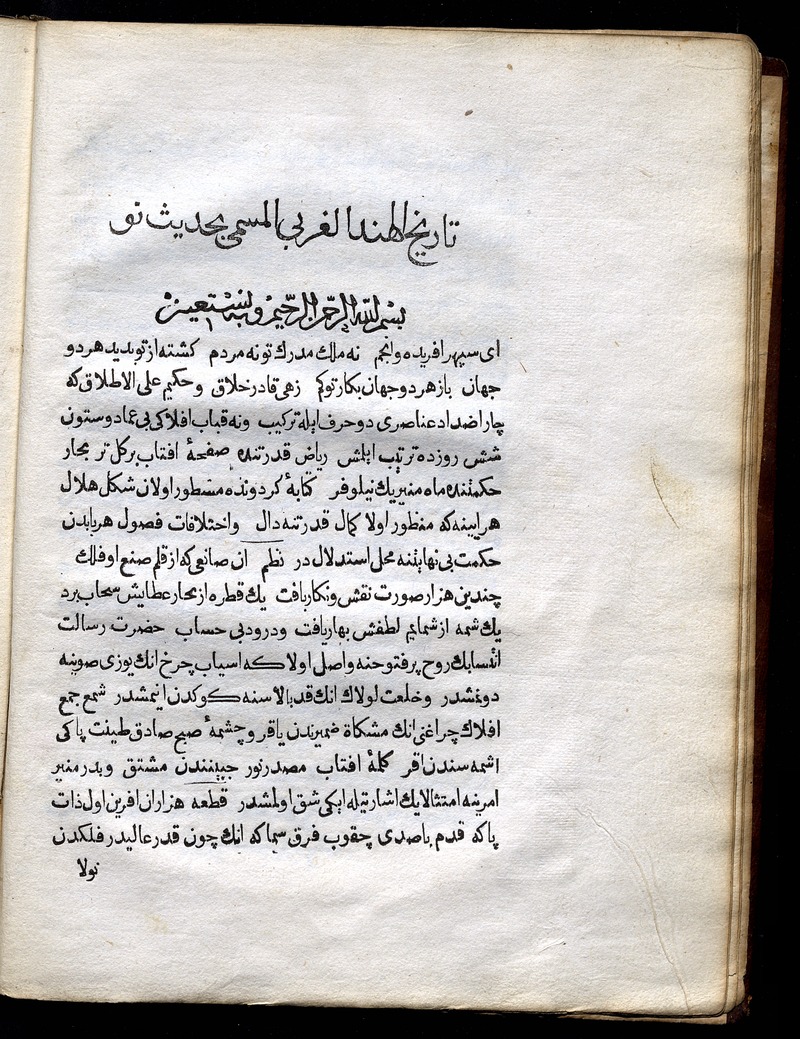
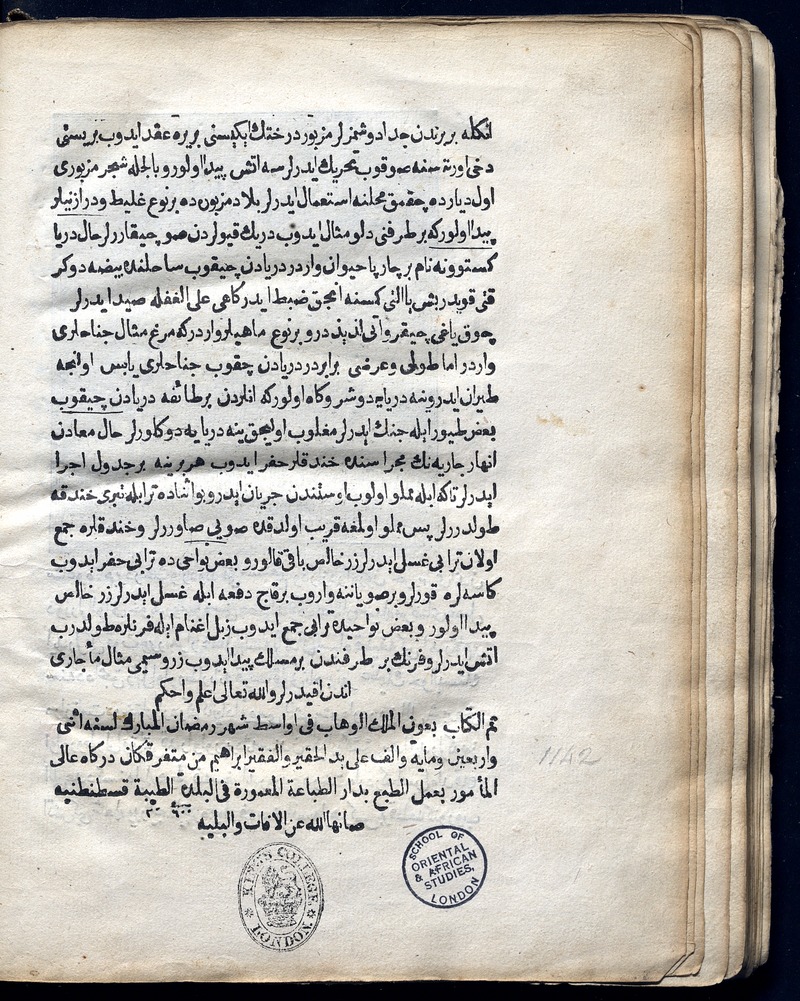
#Müteferrika #SOASLangs #OttomanTurkish
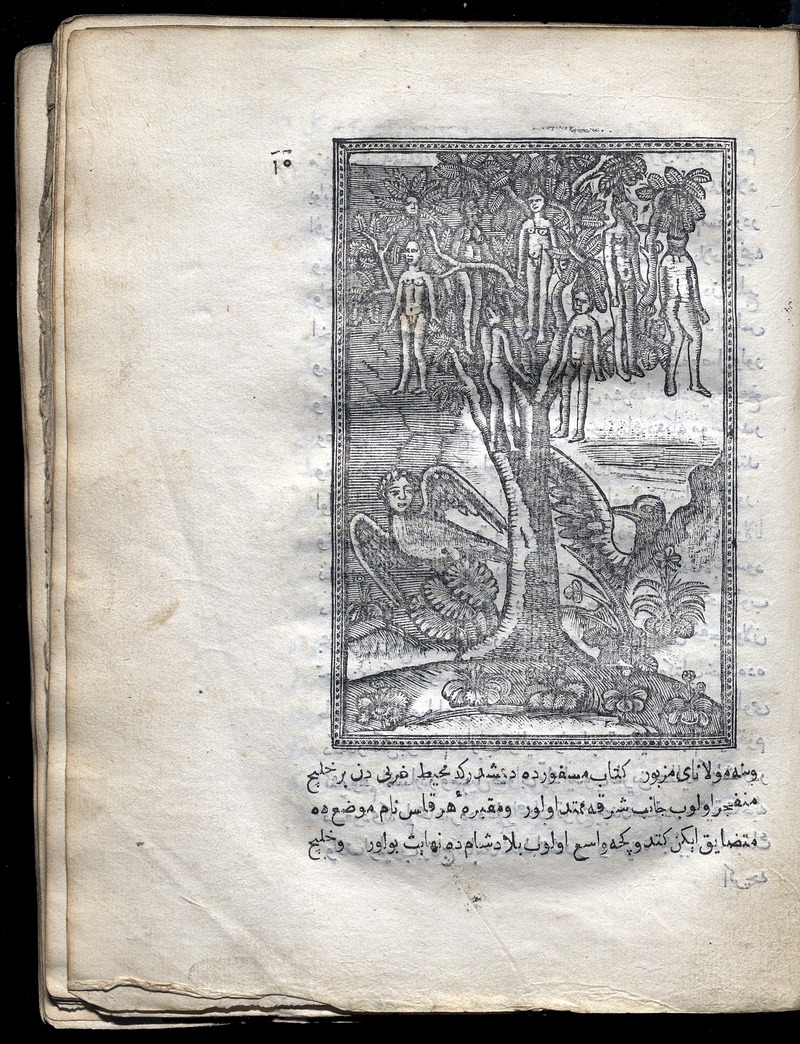
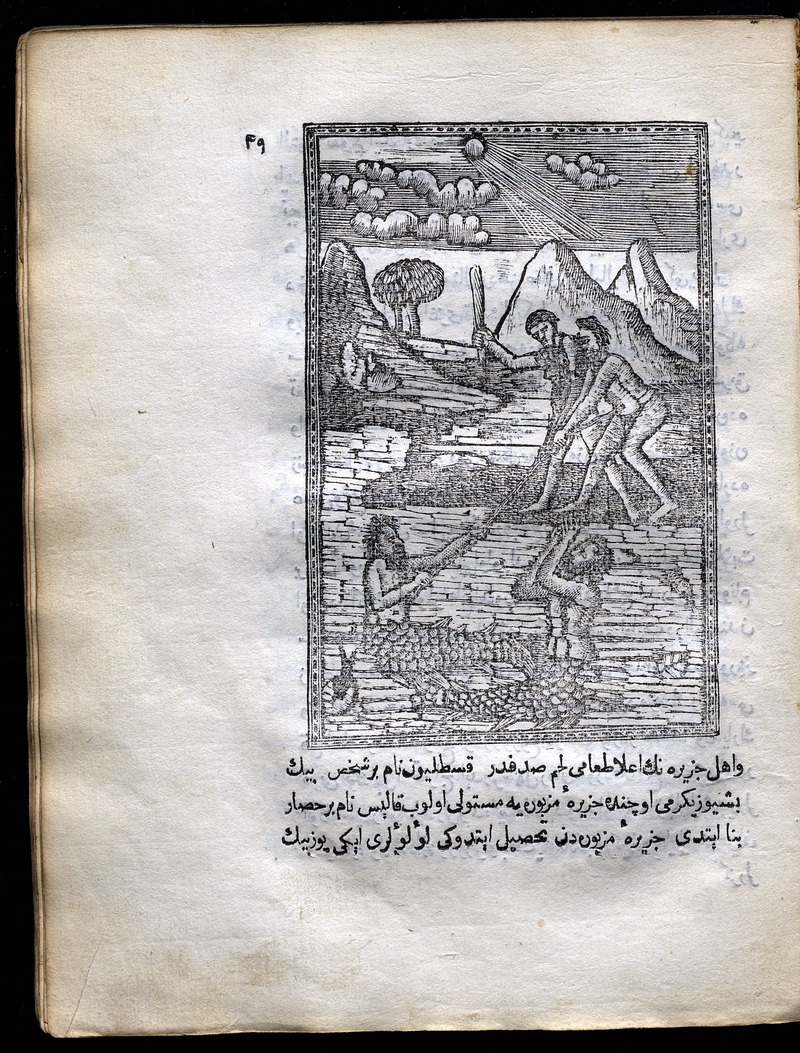
#SOASLangs #MECAC #Turkish
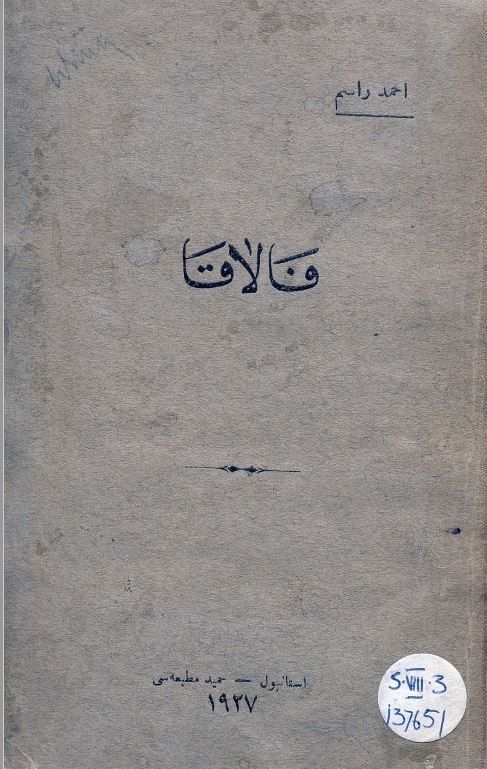
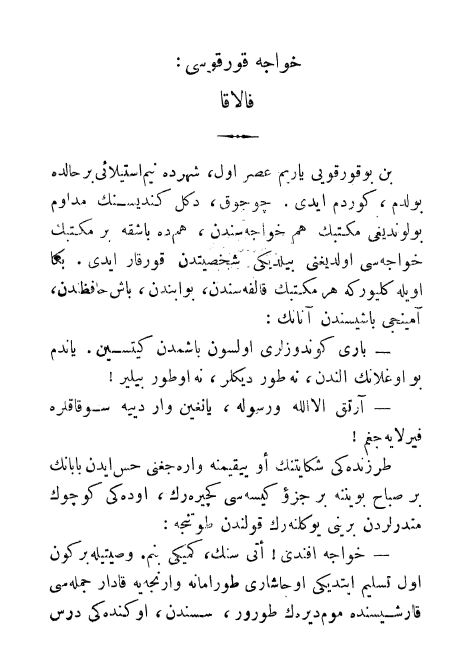
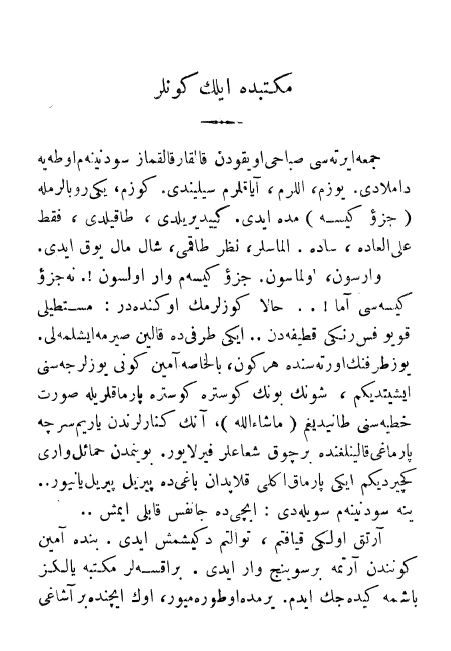
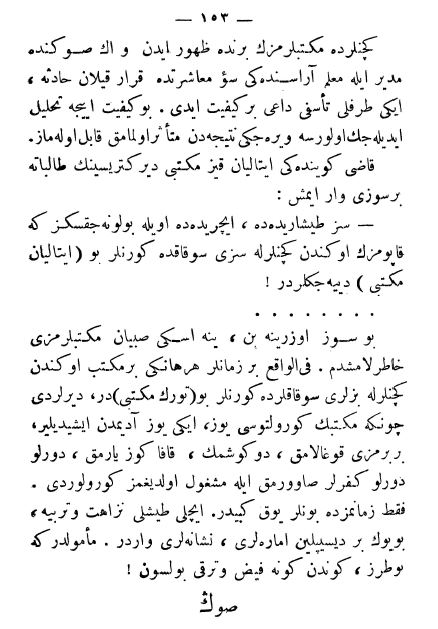
Find some clues in our catalogue record: bit.ly/32JuFtt
#SOASLangs #Multilingualism
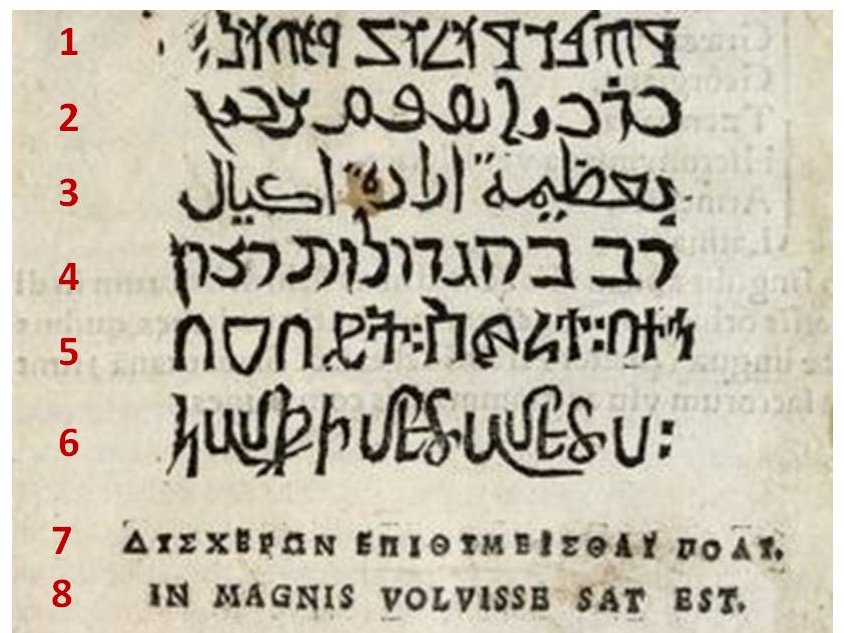
It includes the Lord's Prayer in Hebrew, Syriac, Arabic, Greek and Armenian.
#SOASLangs
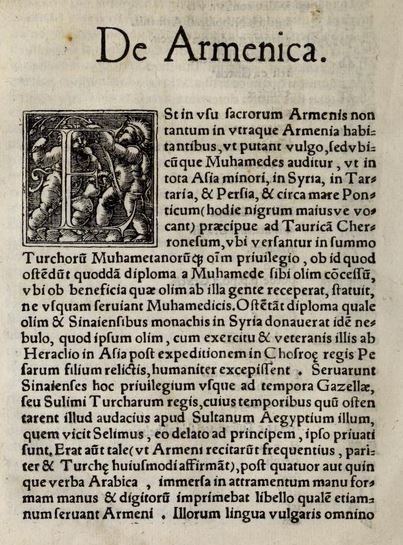
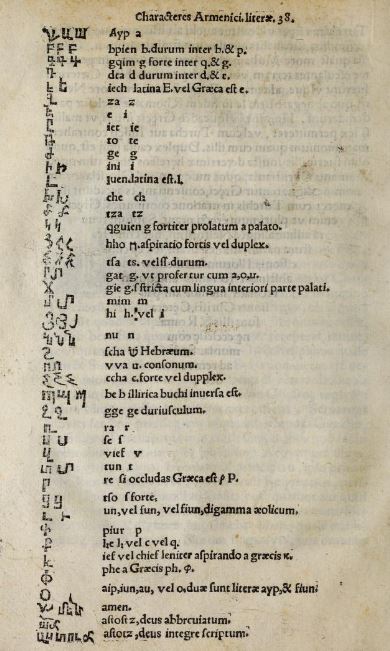
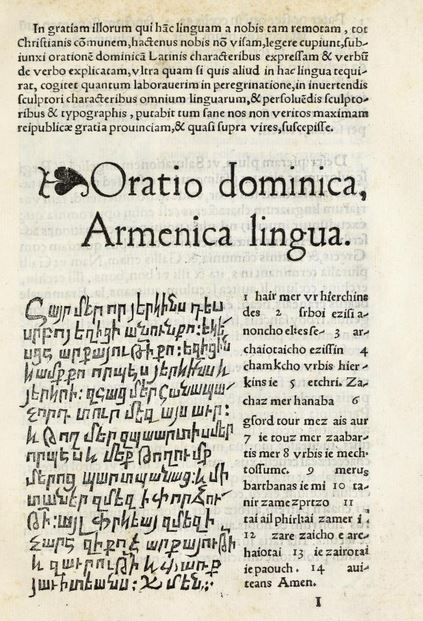
#SOASLangs
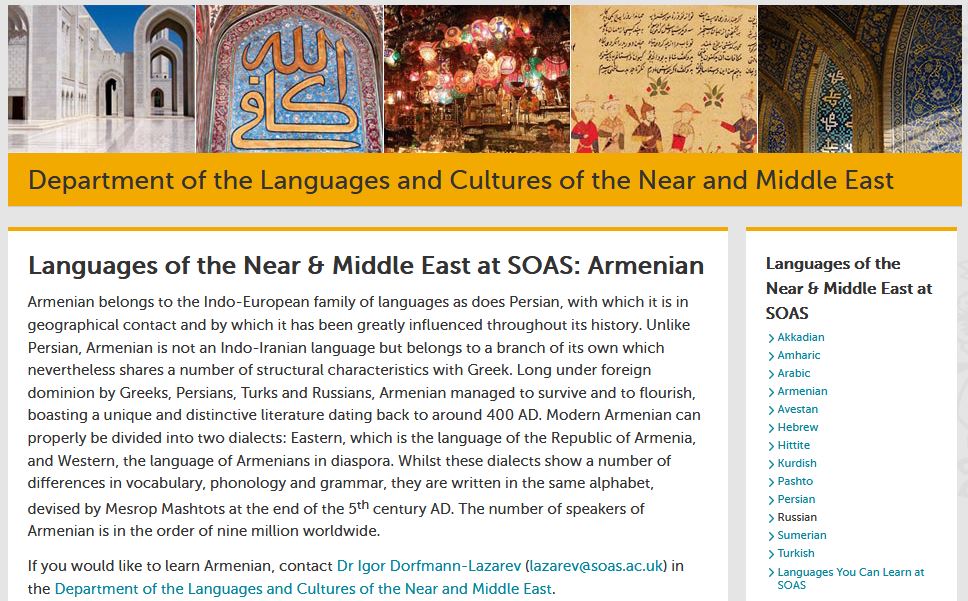
They refer to Western #Armenian (used by the Armenian diaspora), as opposed to the Eastern variant used in Armenia.
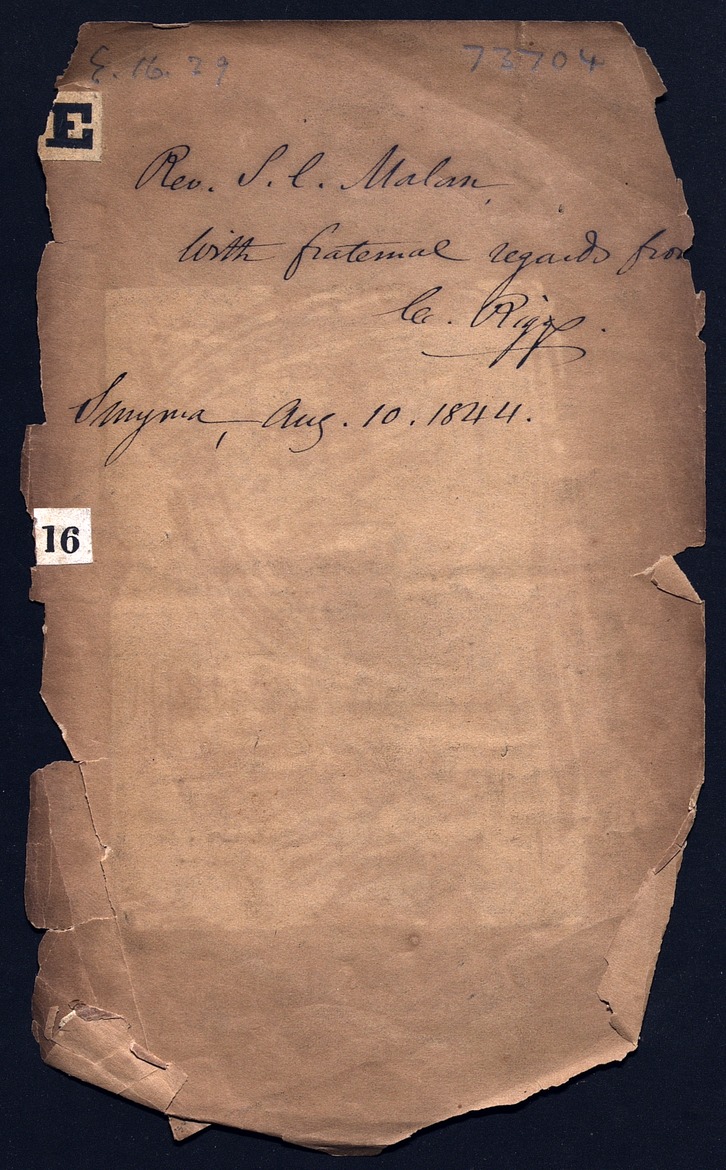
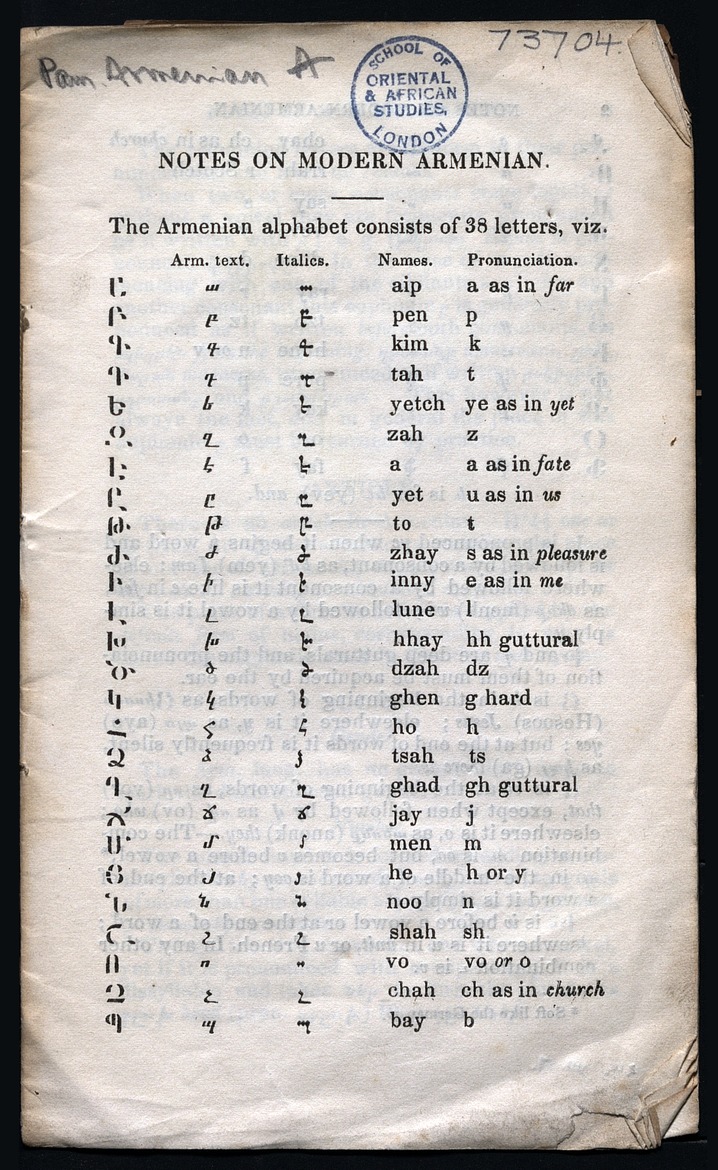
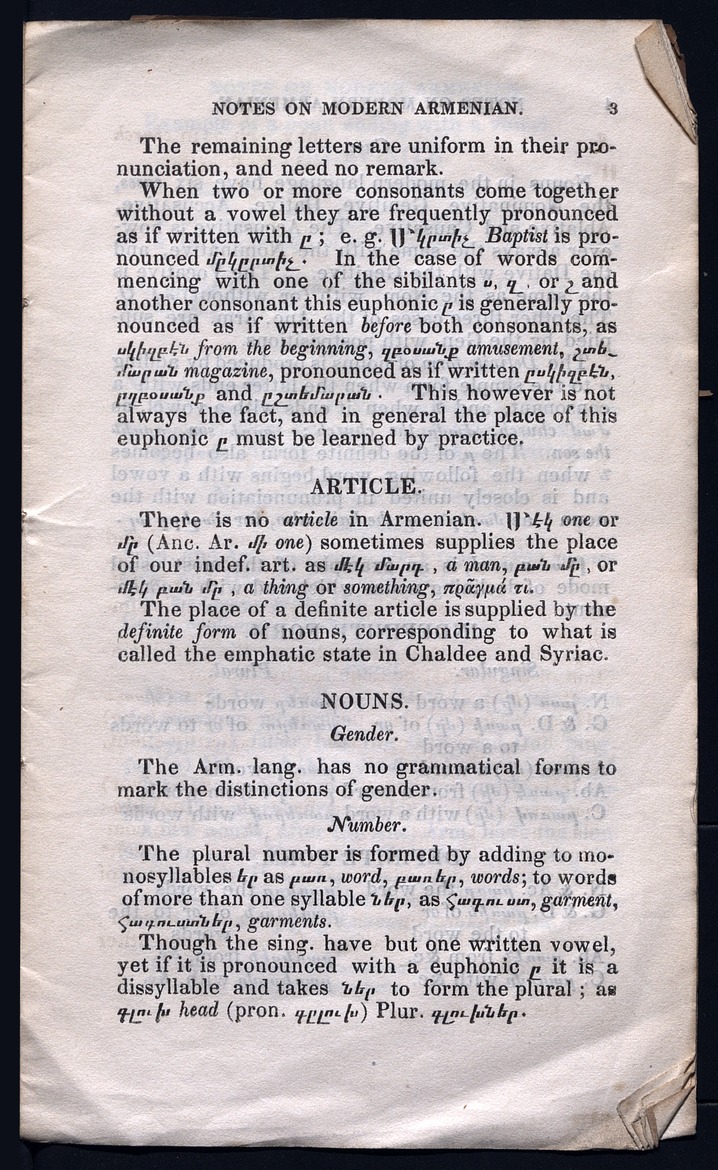
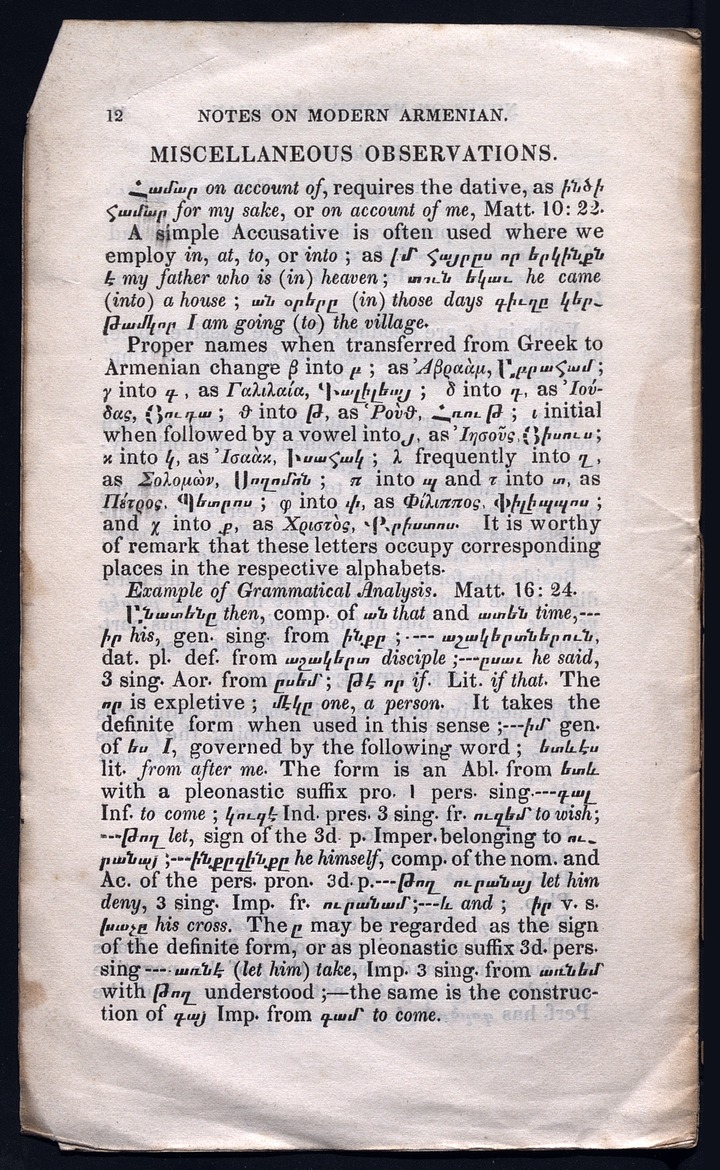
As it happens, all of our dozen #Armenian manuscripts are liturgic texts, such as this imposing 15th century Armenian Lectionary (Ms41463) in bolorgir script.
See bit.ly/2OK4D15
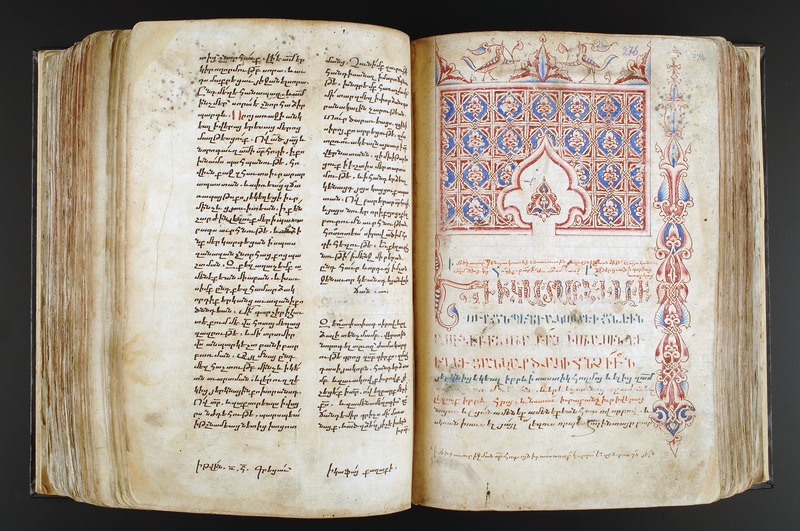
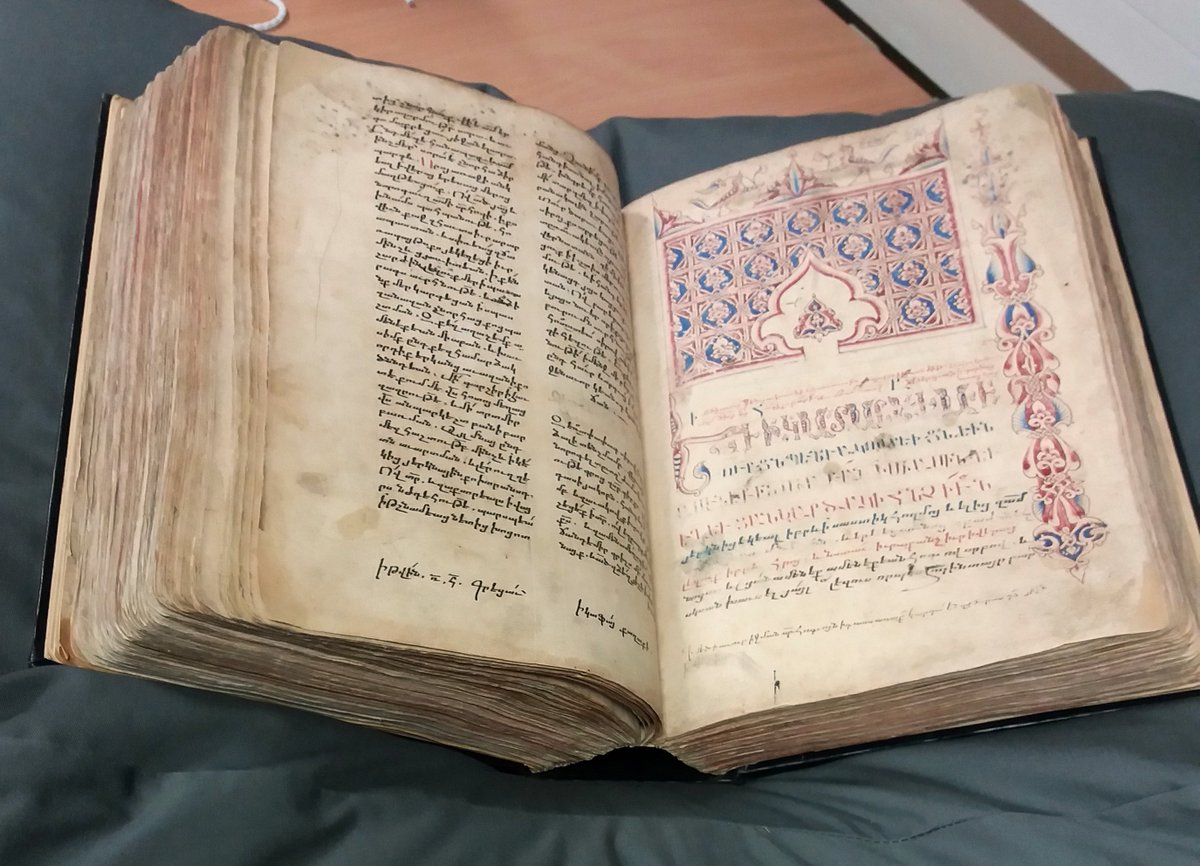
See it fully digitised at: bit.ly/2ZPSKga
#TreasuresofSOAS #SOASLangs #Armenian
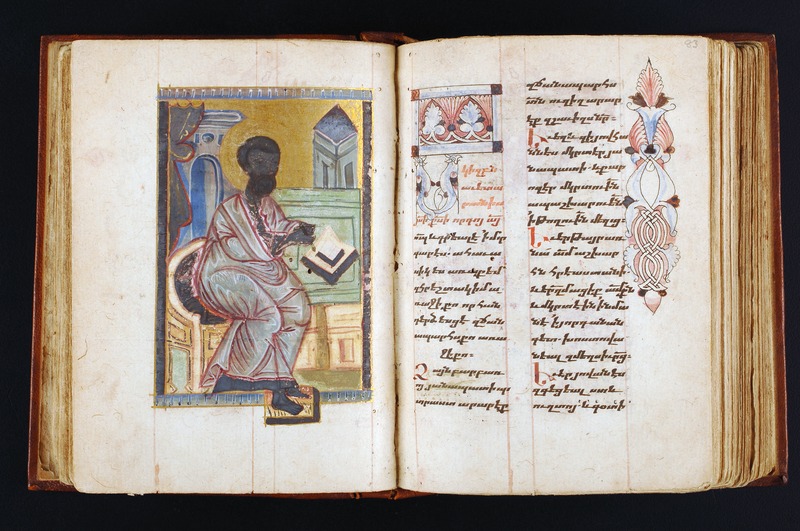
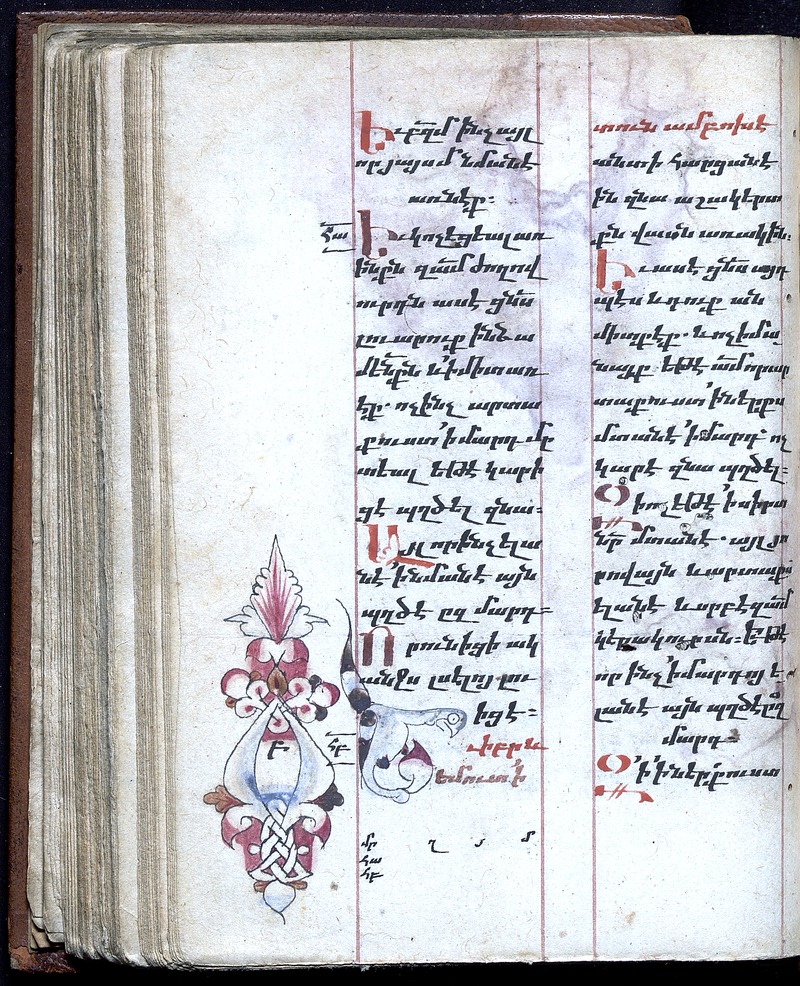
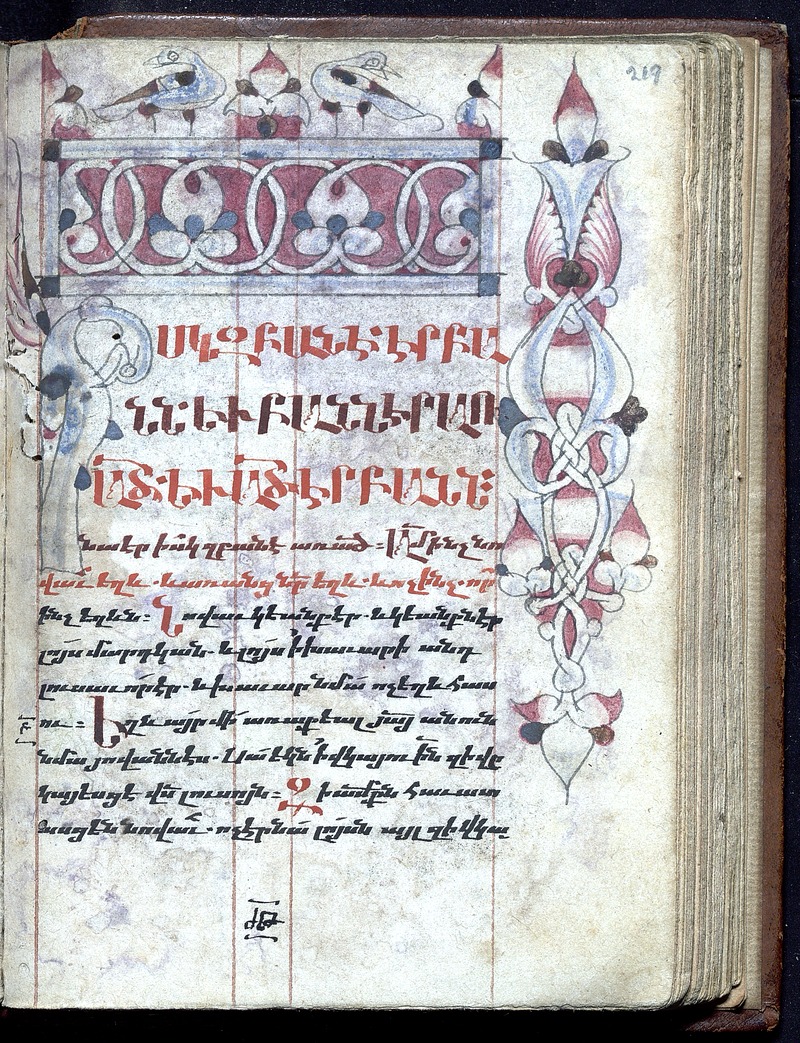
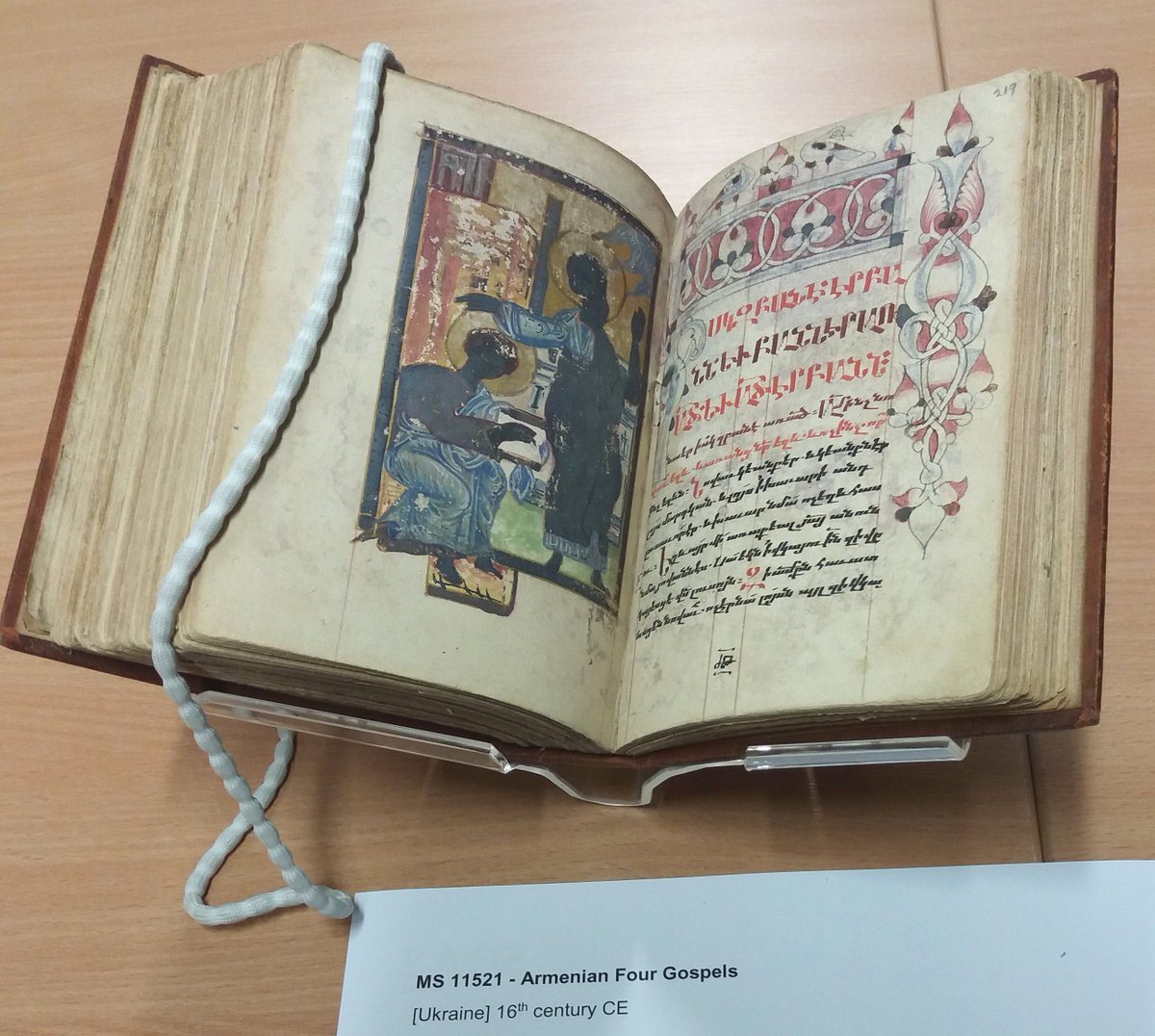
Hint: it was penned in Beirut in 1955 by Asmar Kas Georgius...
#TreasuresOfSOAS #SOASLangs #MECAC_languages
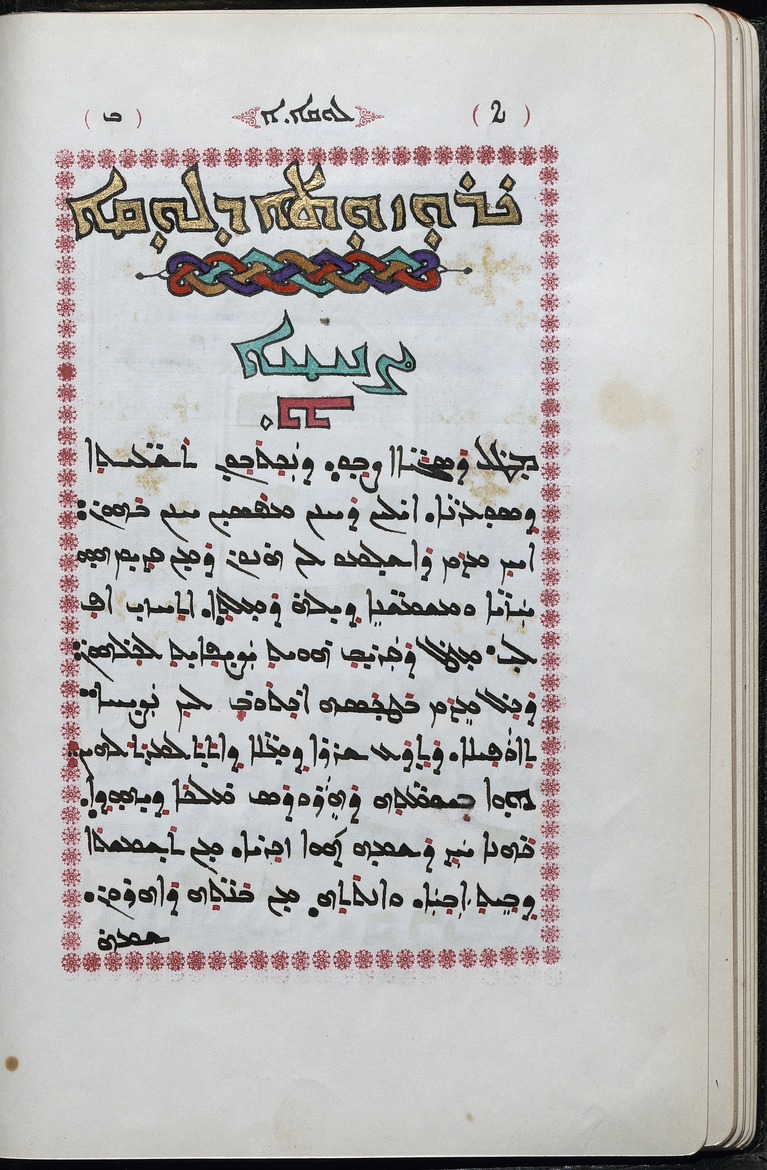
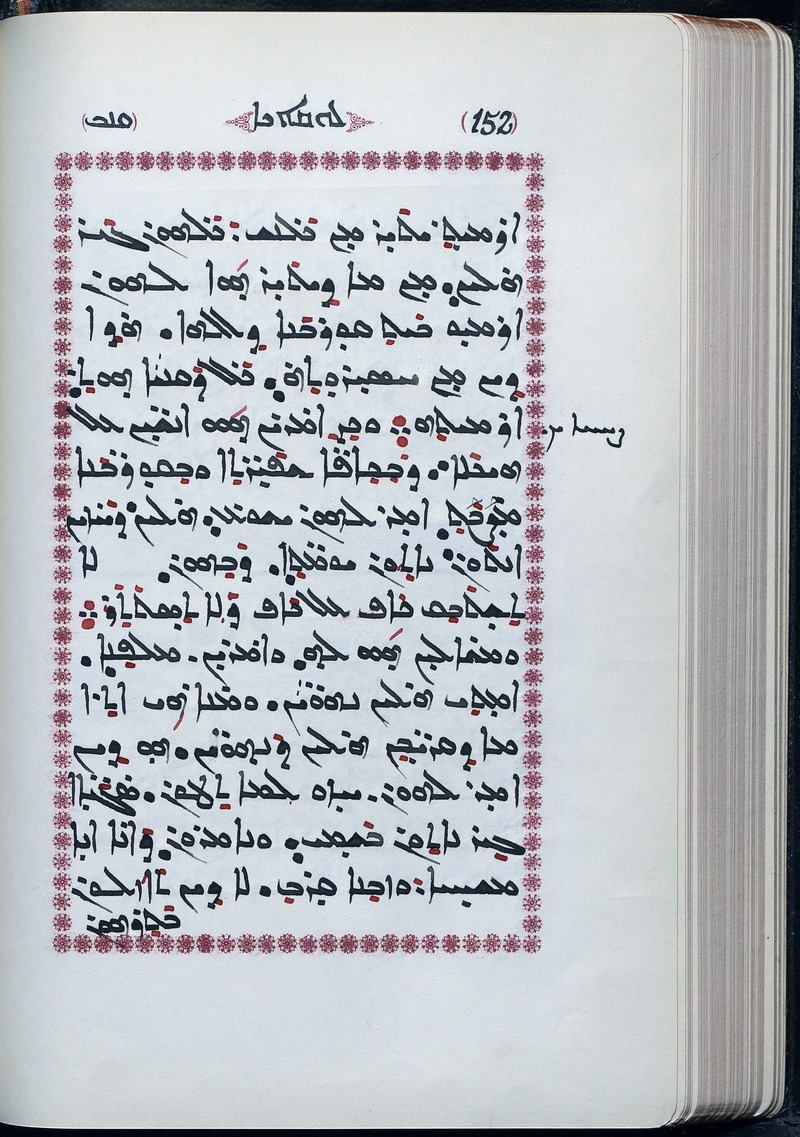
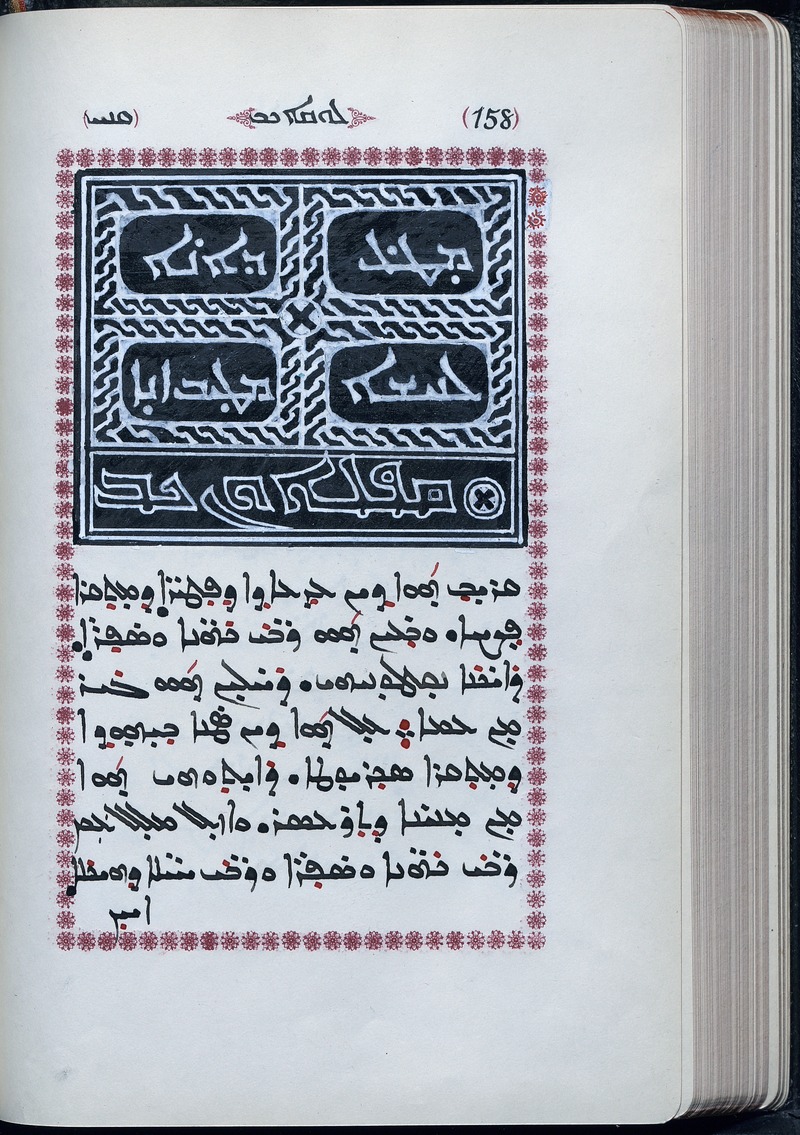
It was presented in 1955 to HM Queen Elizabeth II, who donated it to Sir Ralph Turner, then director of @SOAS.
Note the cute dedicace of the proud father/copyist!
#SOASLangs #MECAC_languages #provenance
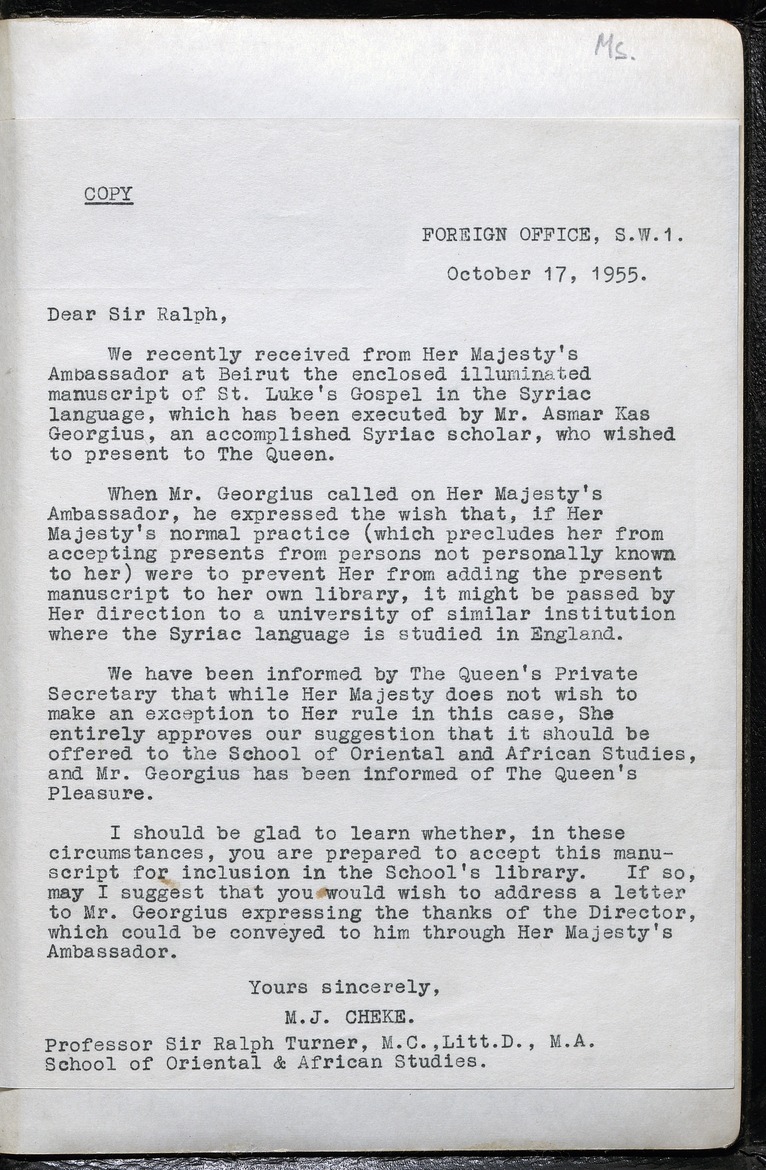
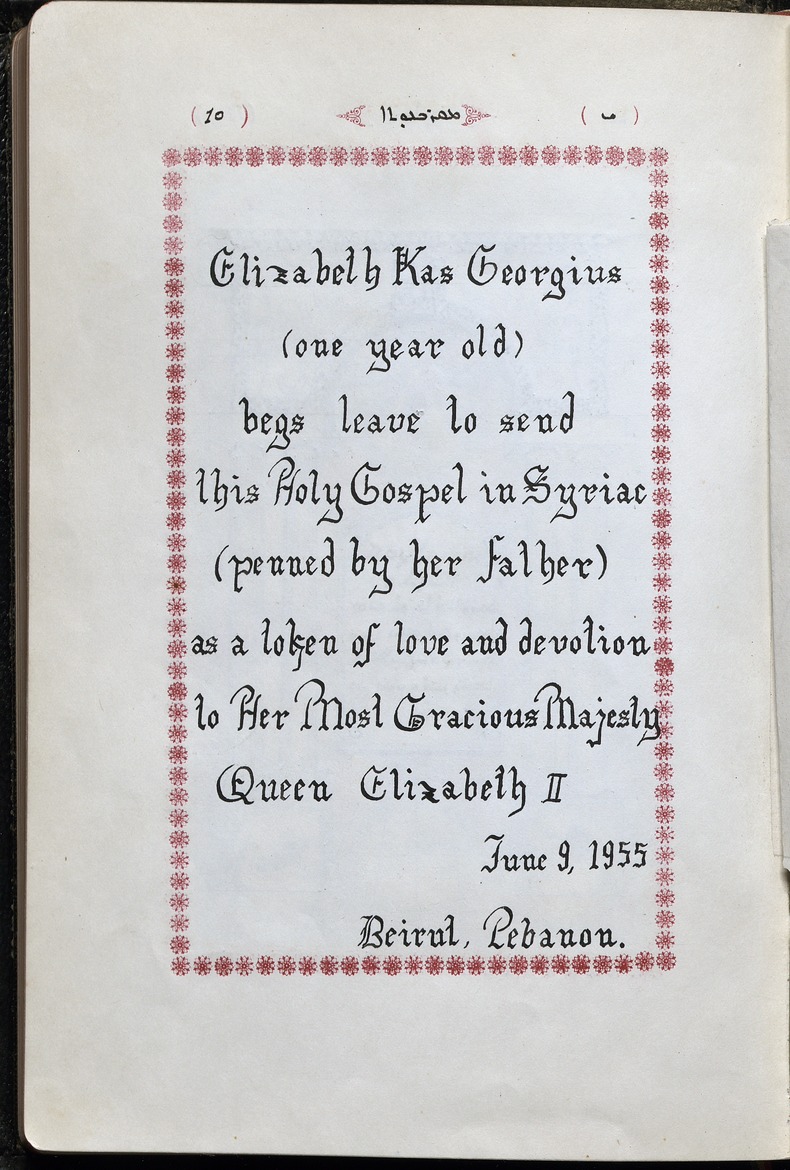
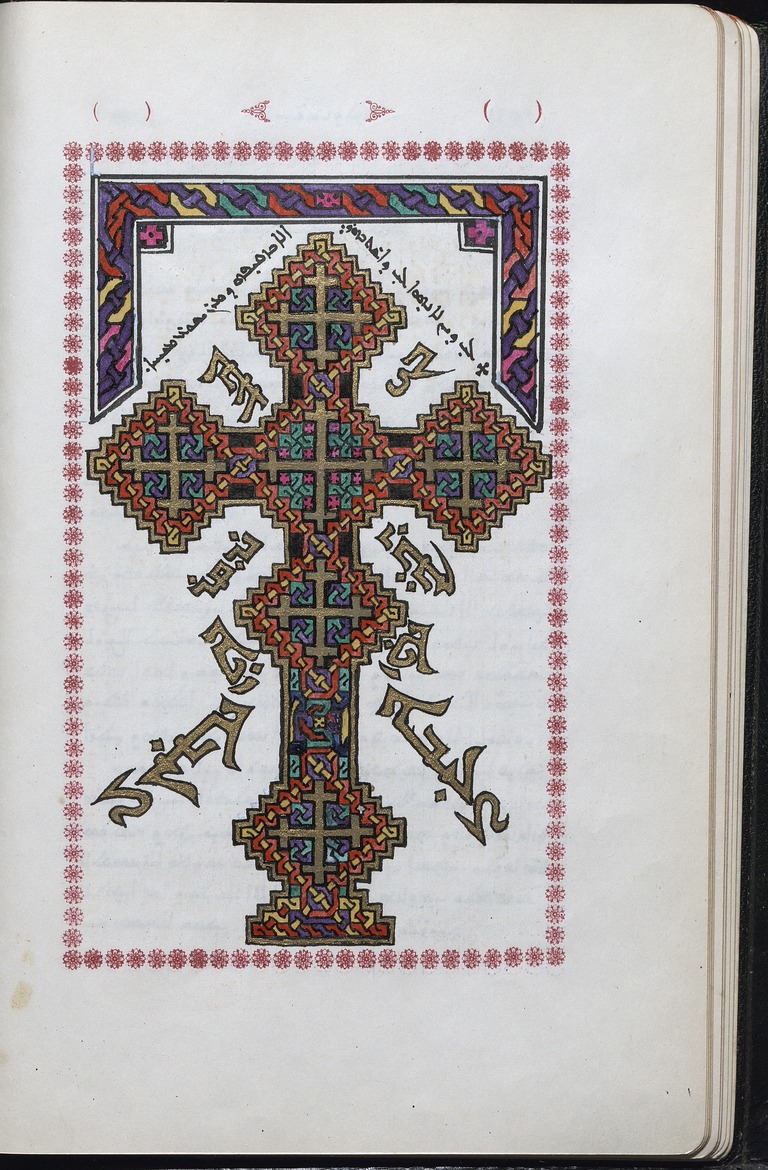
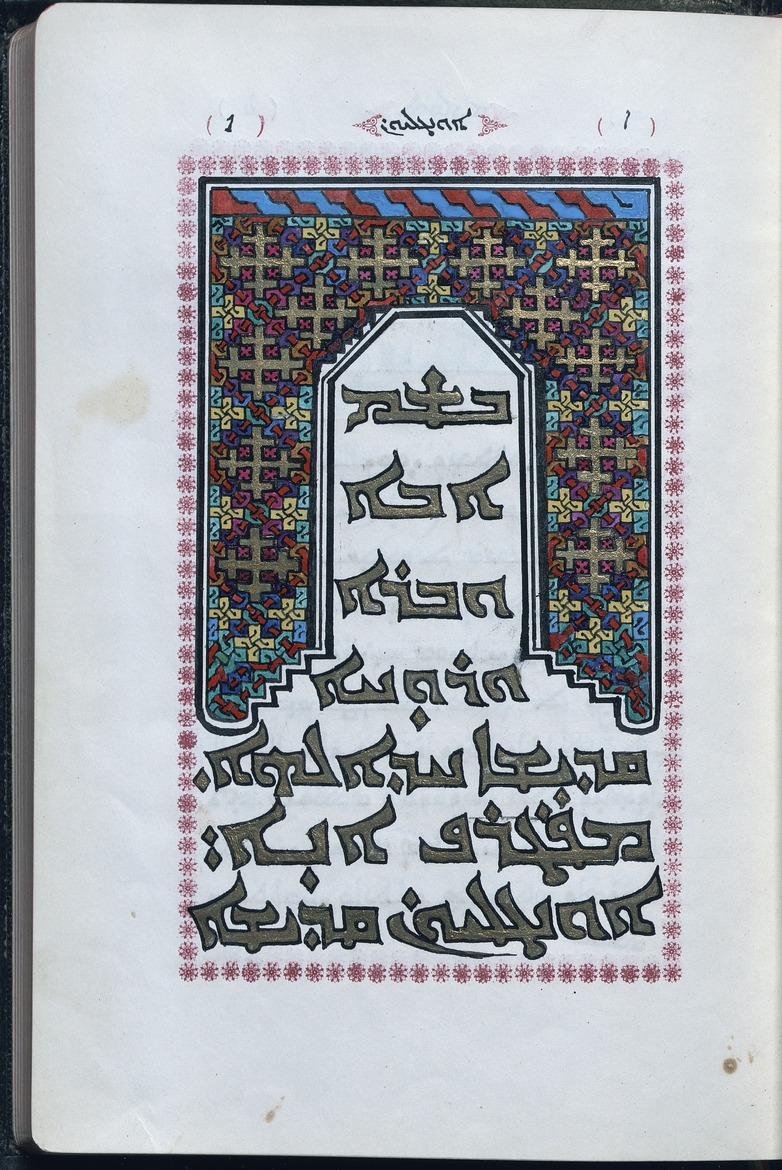
It competed with Latin and Greek as one of the most important languages of Christianity in the early CE centuries and it spread as far as China.
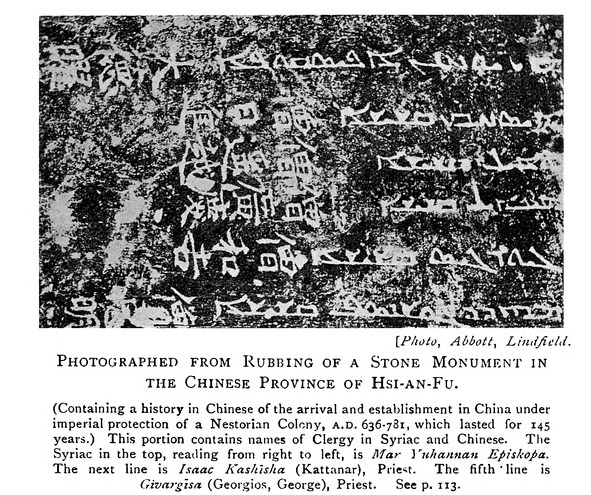
Syriac played a pivotal role in #translation of #Greek #philosophy texts into #Arabic in the 9th cent. Those were later translated into Latin, notably in multilingual Arab Spain.
#SOASLangs #Syriac
#SOASLangs #MECAC_Languages #Syriac
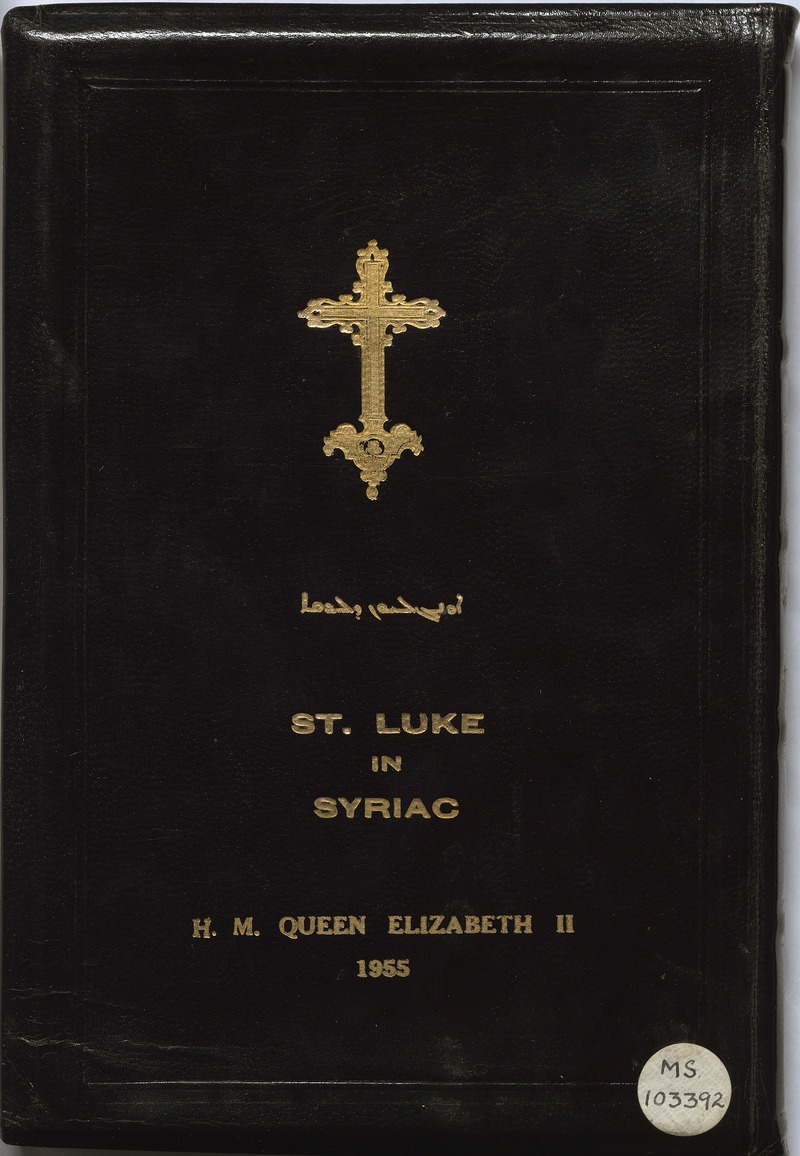
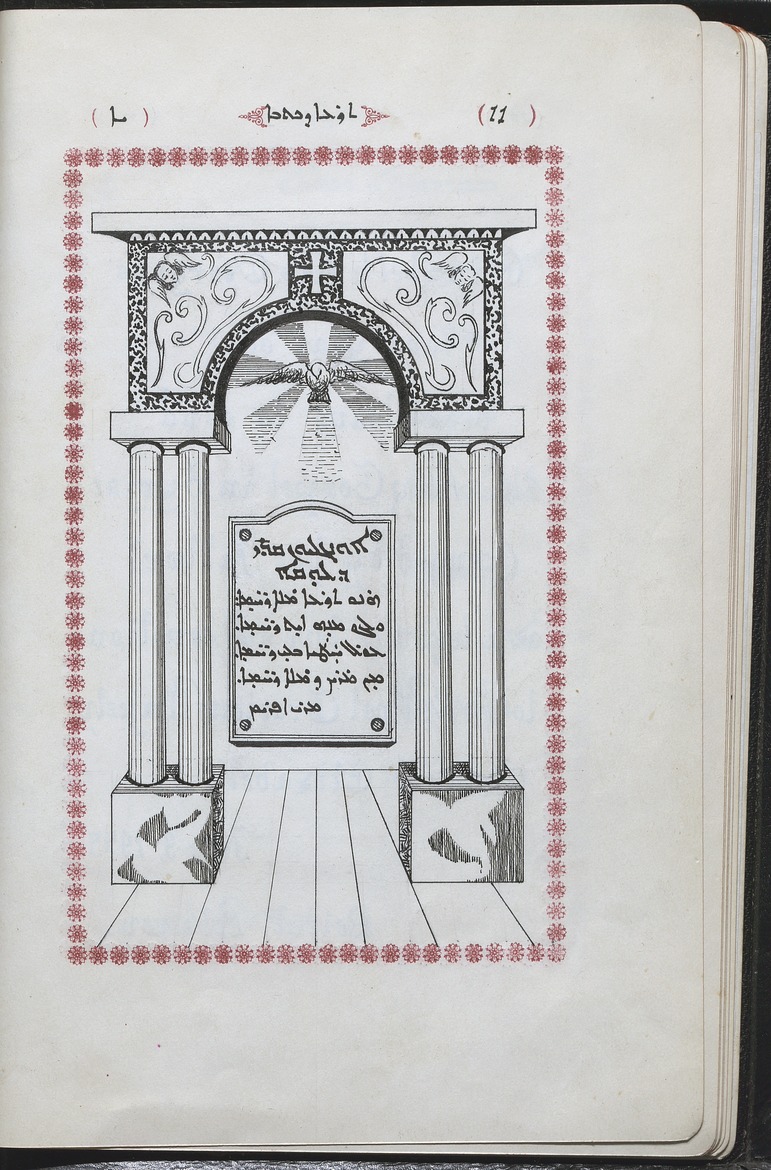
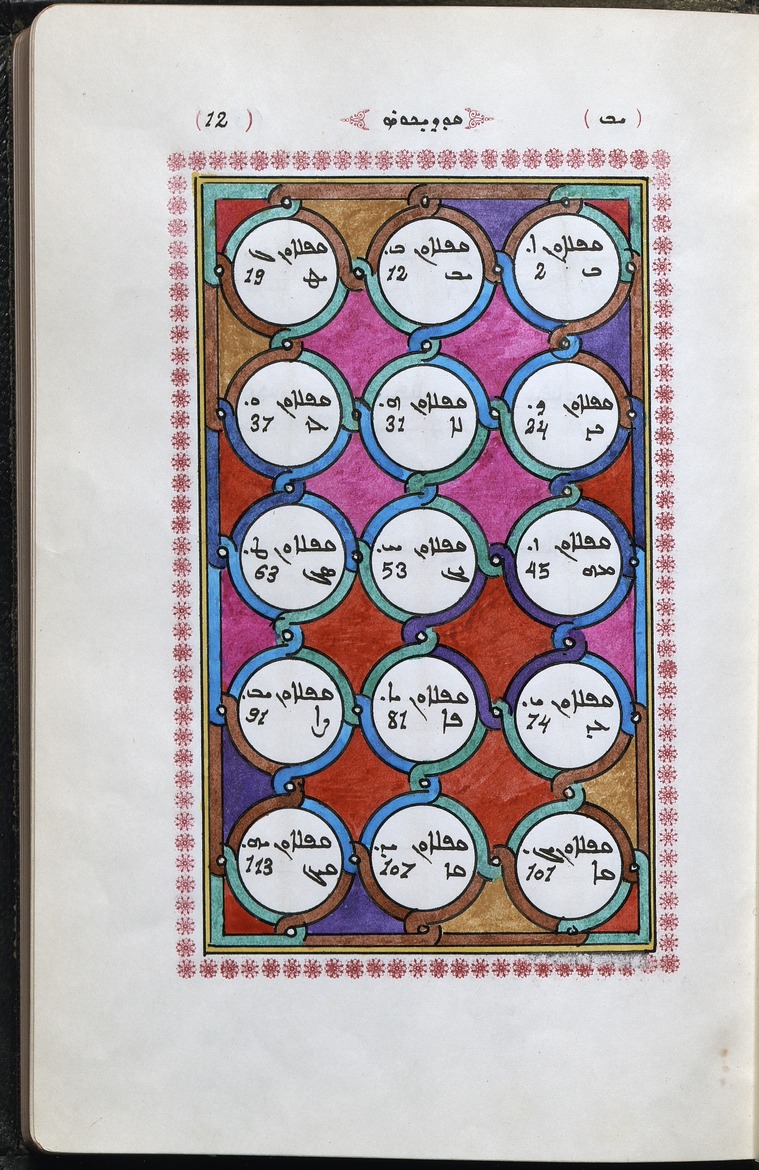
#Syriac #MECAC_languages #SOASLangs
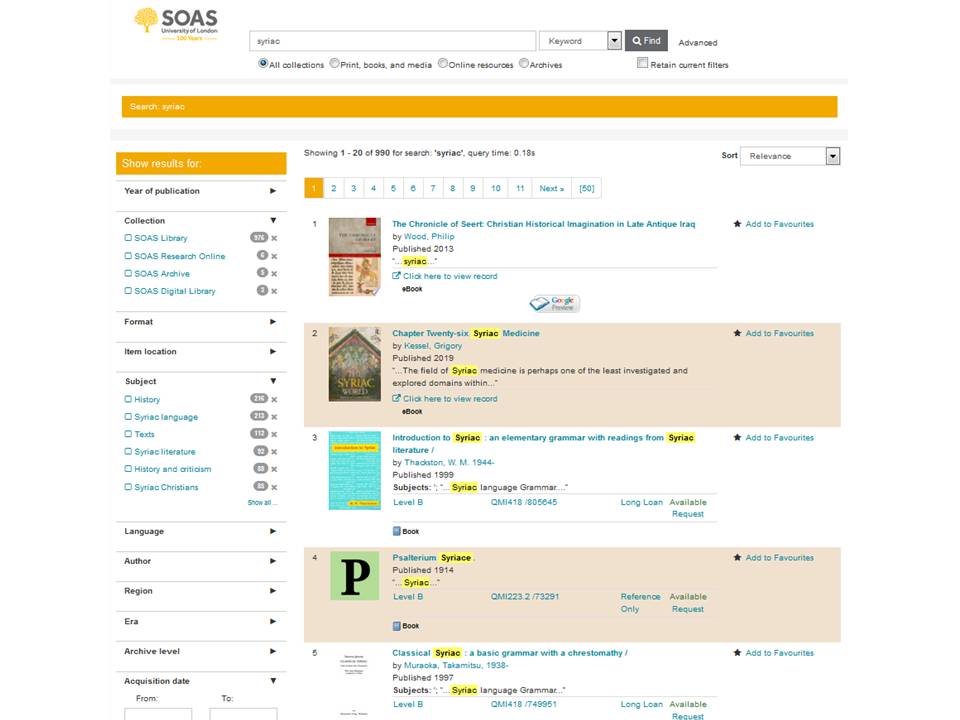
What language(s) can you spot in this 1805 Gospel for example?
#SOASLangs #Multilingualism #MECAC_Languages
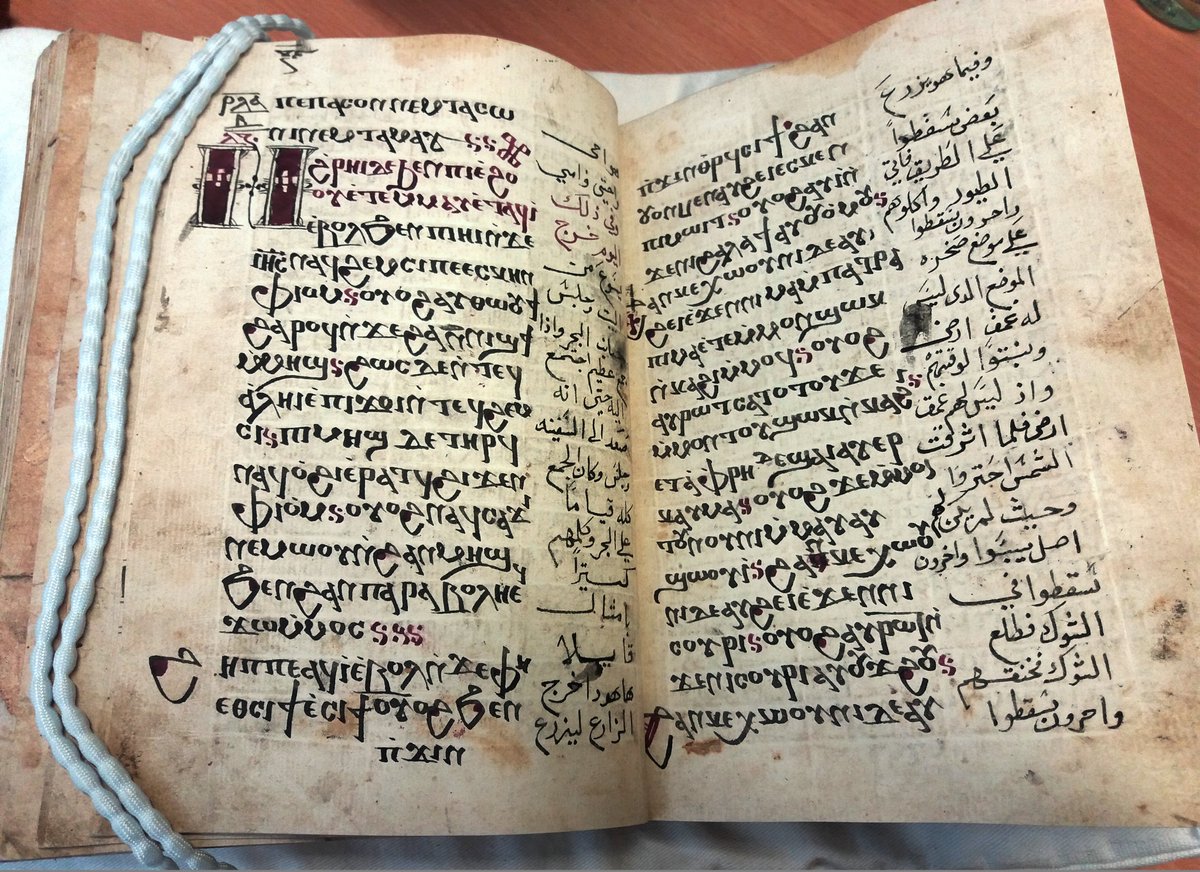
Ms15568 is Bishārat Mattā al-Qiddīs, a copy of the Gospel according to St. Matthew copied in 1520 (Coptic)/1804 AD that shows signs of heavy use.
Check out the birds decorations on the first page: could those be hoopoes?
#SOASLangs
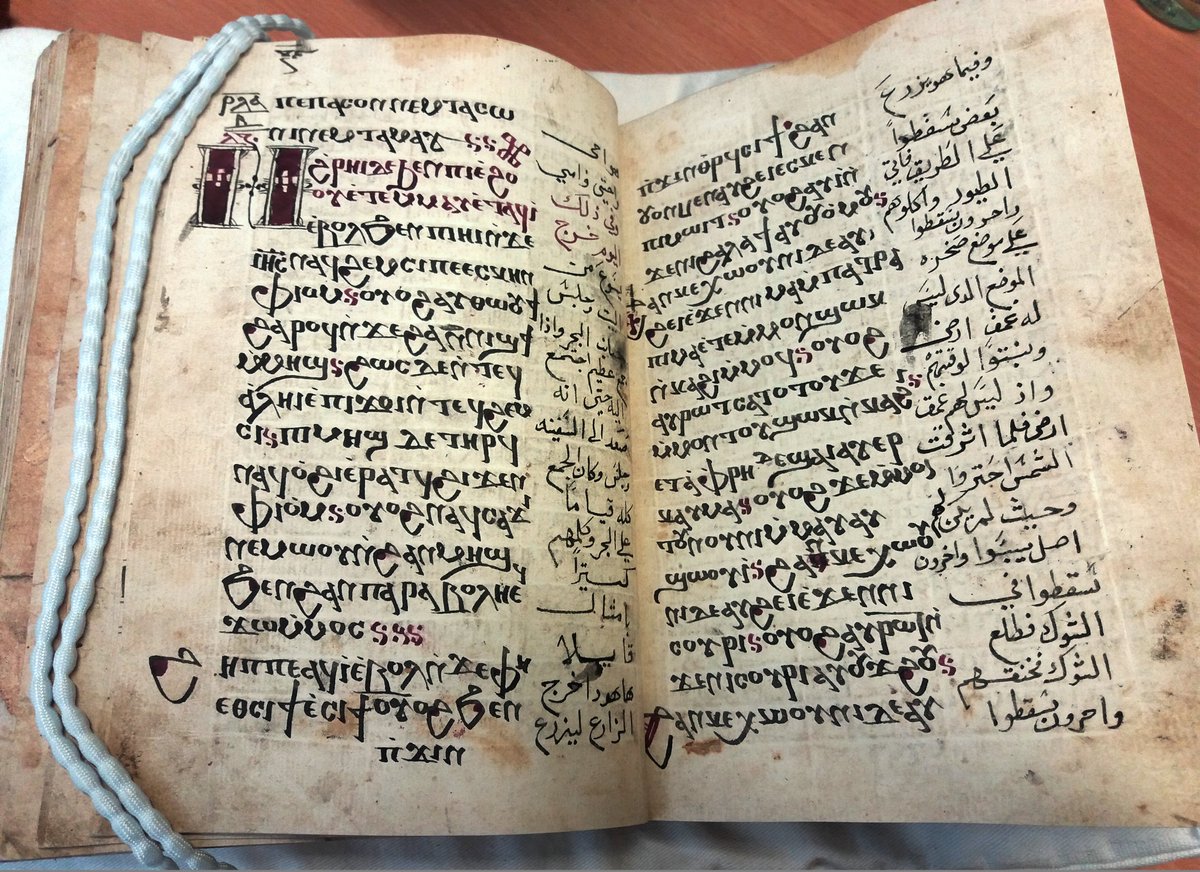
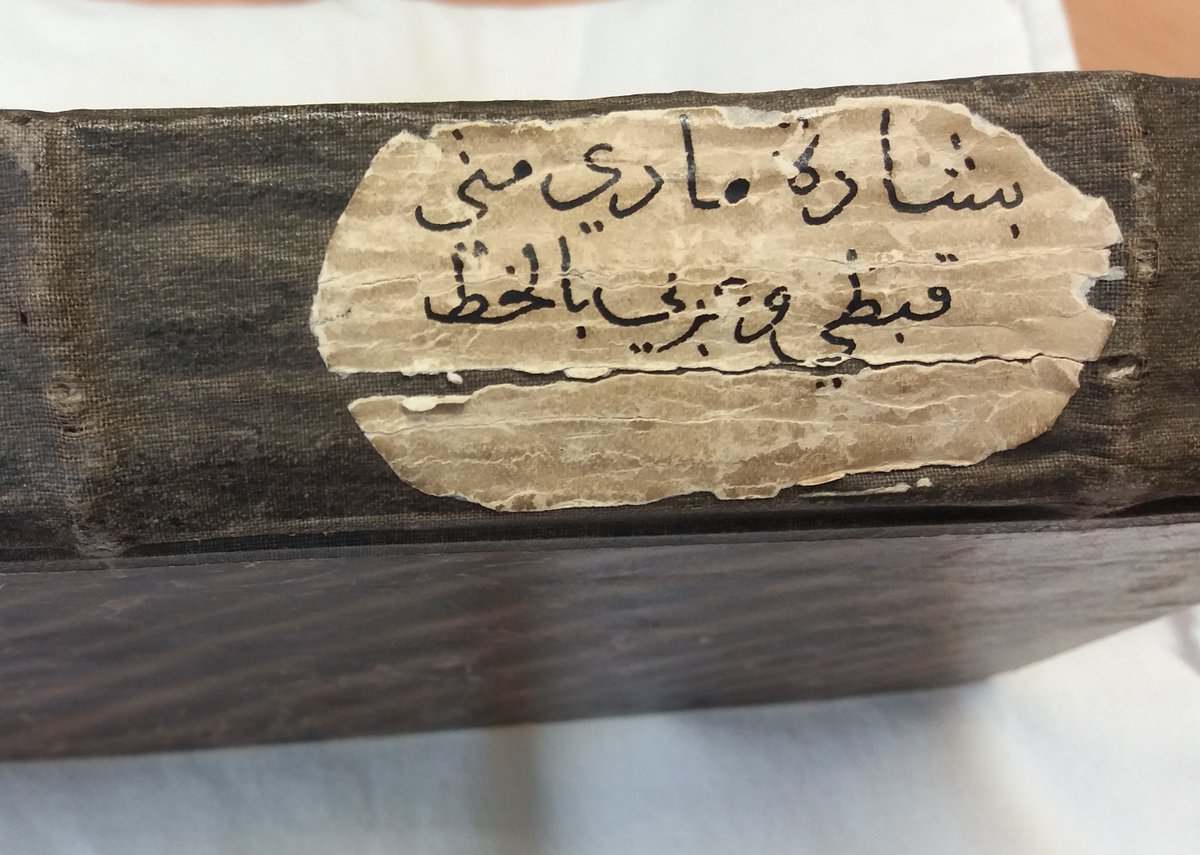
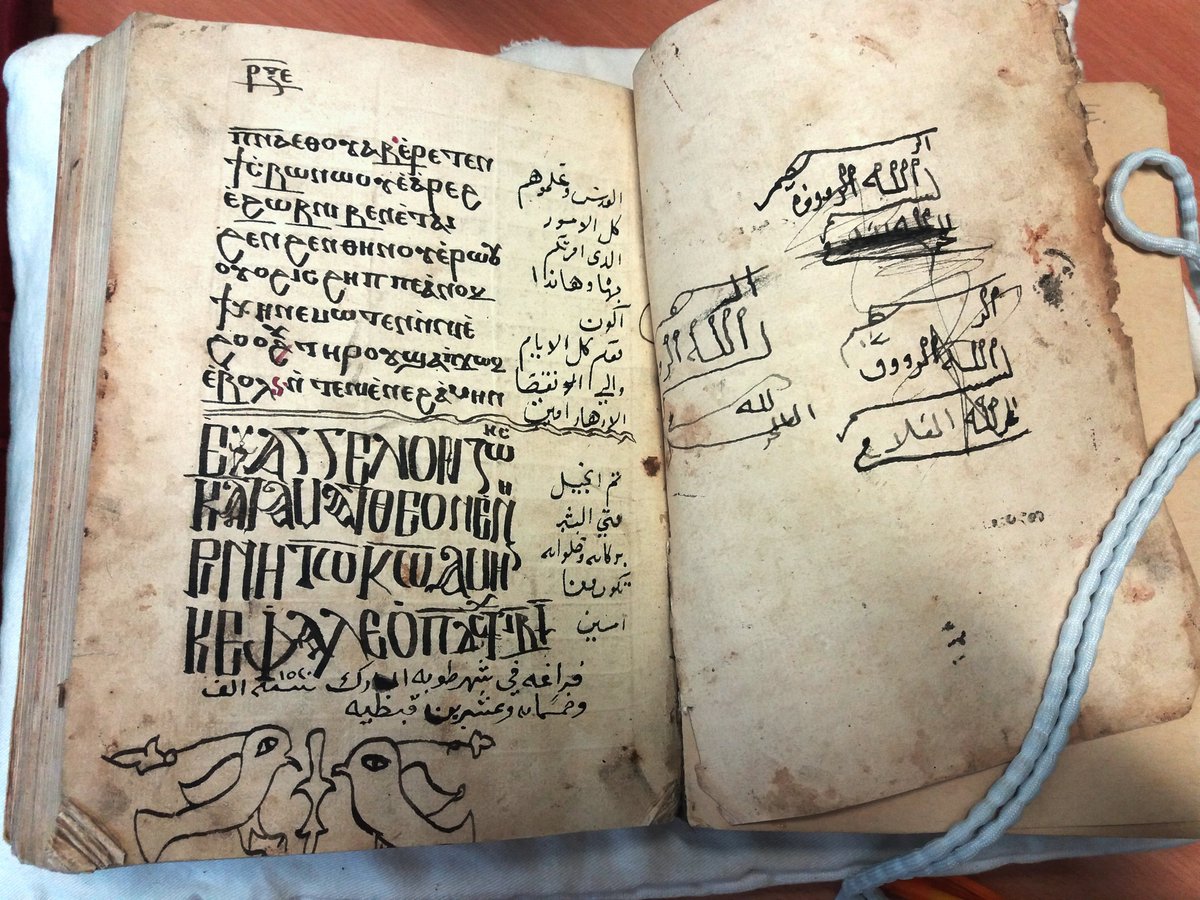
The last work in this manuscript is an anonymous discourse on the Cross, followed by biblical passages.
#SOASLangs #TreasuresOfSOAS #Hoopoe
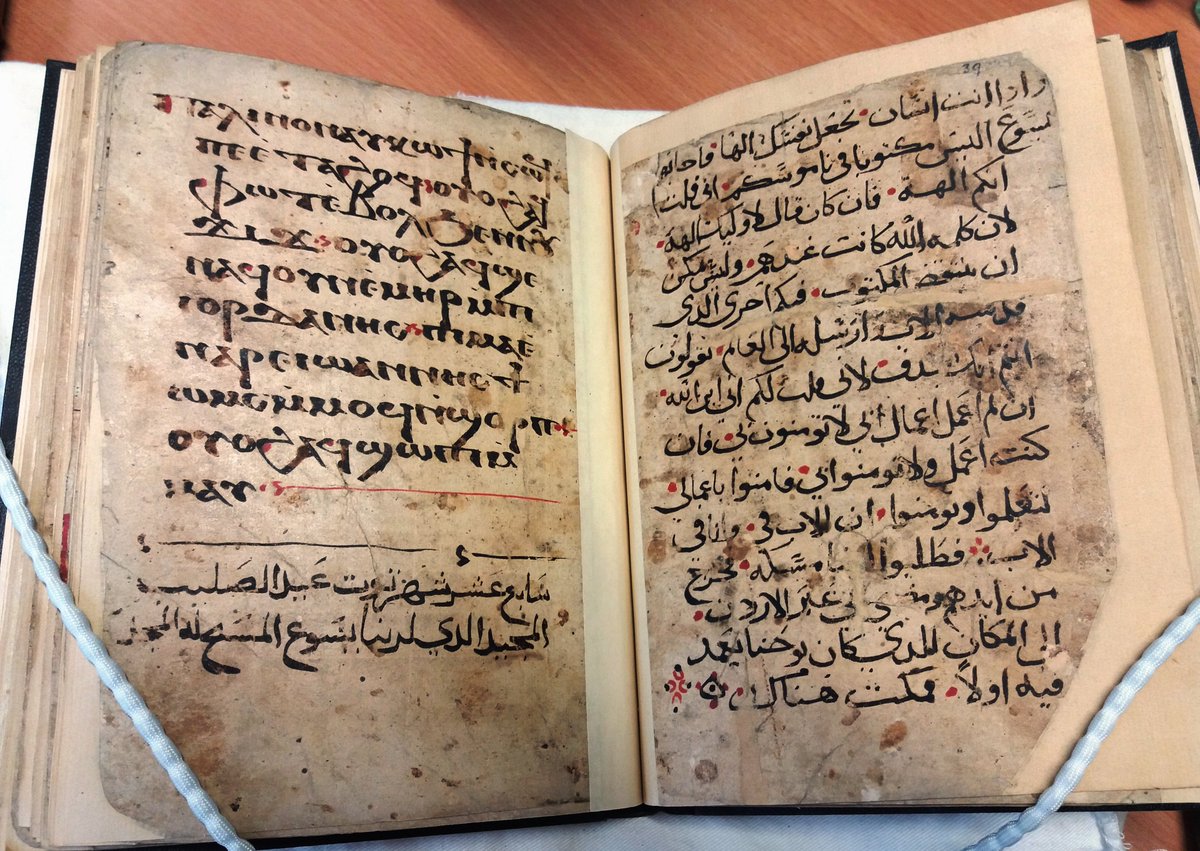
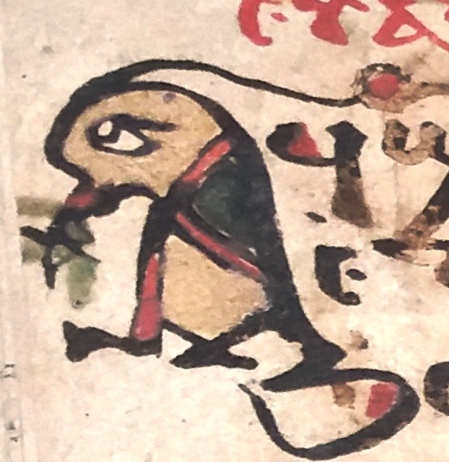
- an homily on the invention of the Cross: Maymar ʻalá ẓuhūr al-ṣalīb al-muqaddas ميمر على ظهور الصليب المقدس by Saint Cyril, Bishop of Jerusalem (ca. 315-386),
and
- Benedictions (Barakāt) to be recited on various occasions.
#Coptic
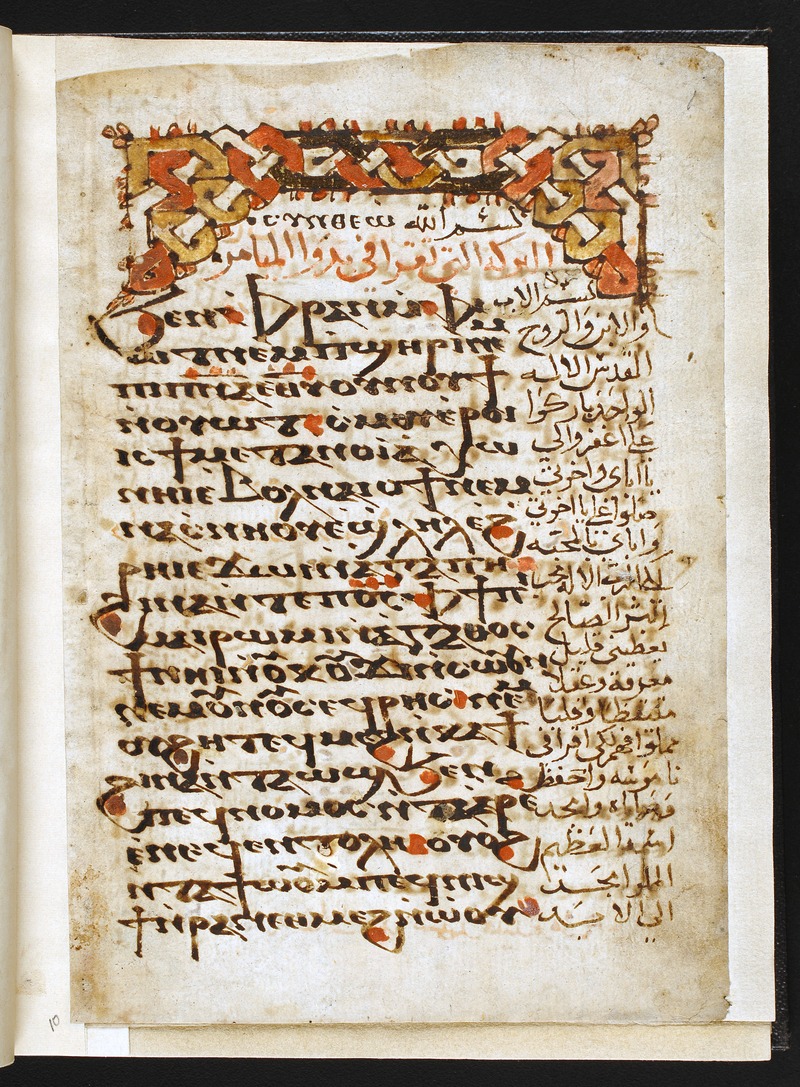

#SOASLangs
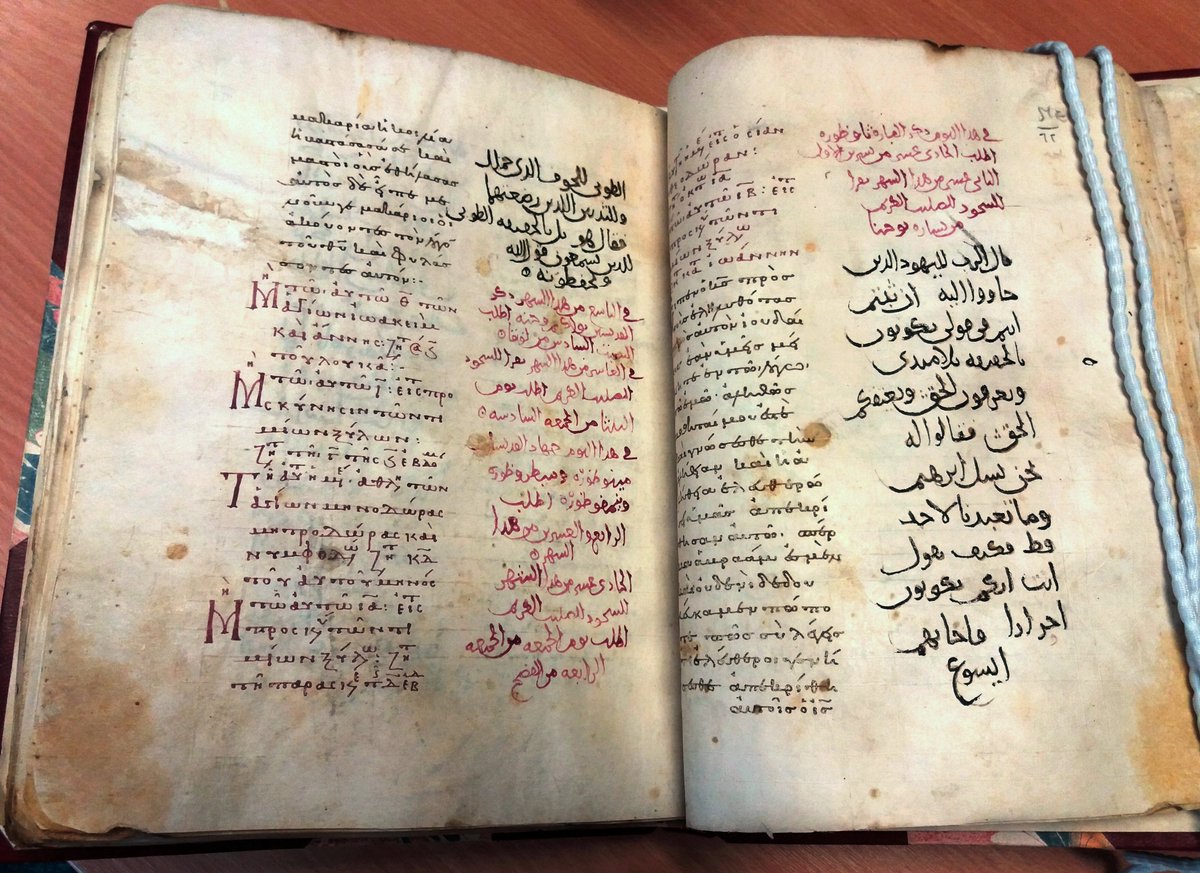
This is the case in Ms13996, a manuscript presumably dating from the 9th century: Fuṣūl min al-Anājīl
or Gospels for Good Friday, Saturday and Easter
Sunday, etc.
#SOASLangs
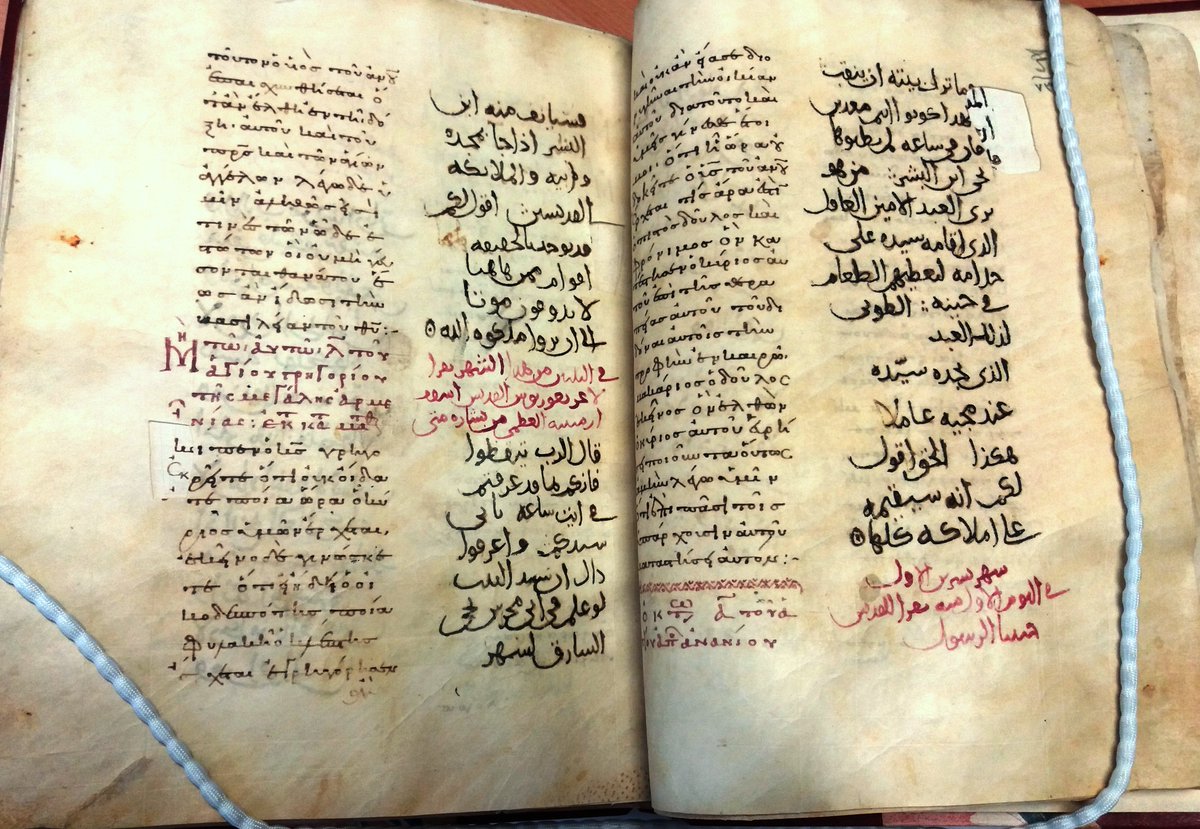
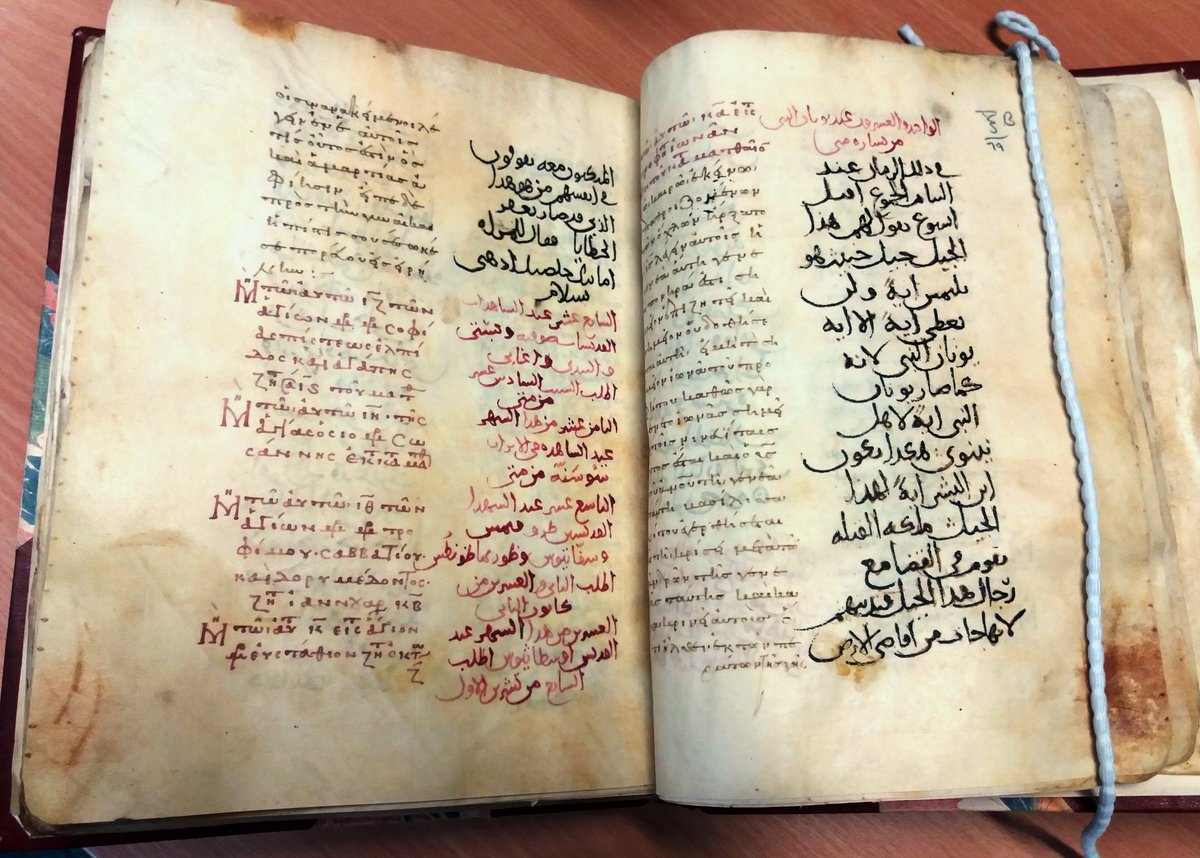

There are hundreds of titles on our open-shelves collection in @SOASLibrary. Check out classmark 'QSB' in our catalogue bit.ly/2ZUP5Oc !
#SOASLangs #Coptic #MECAC_Languages
